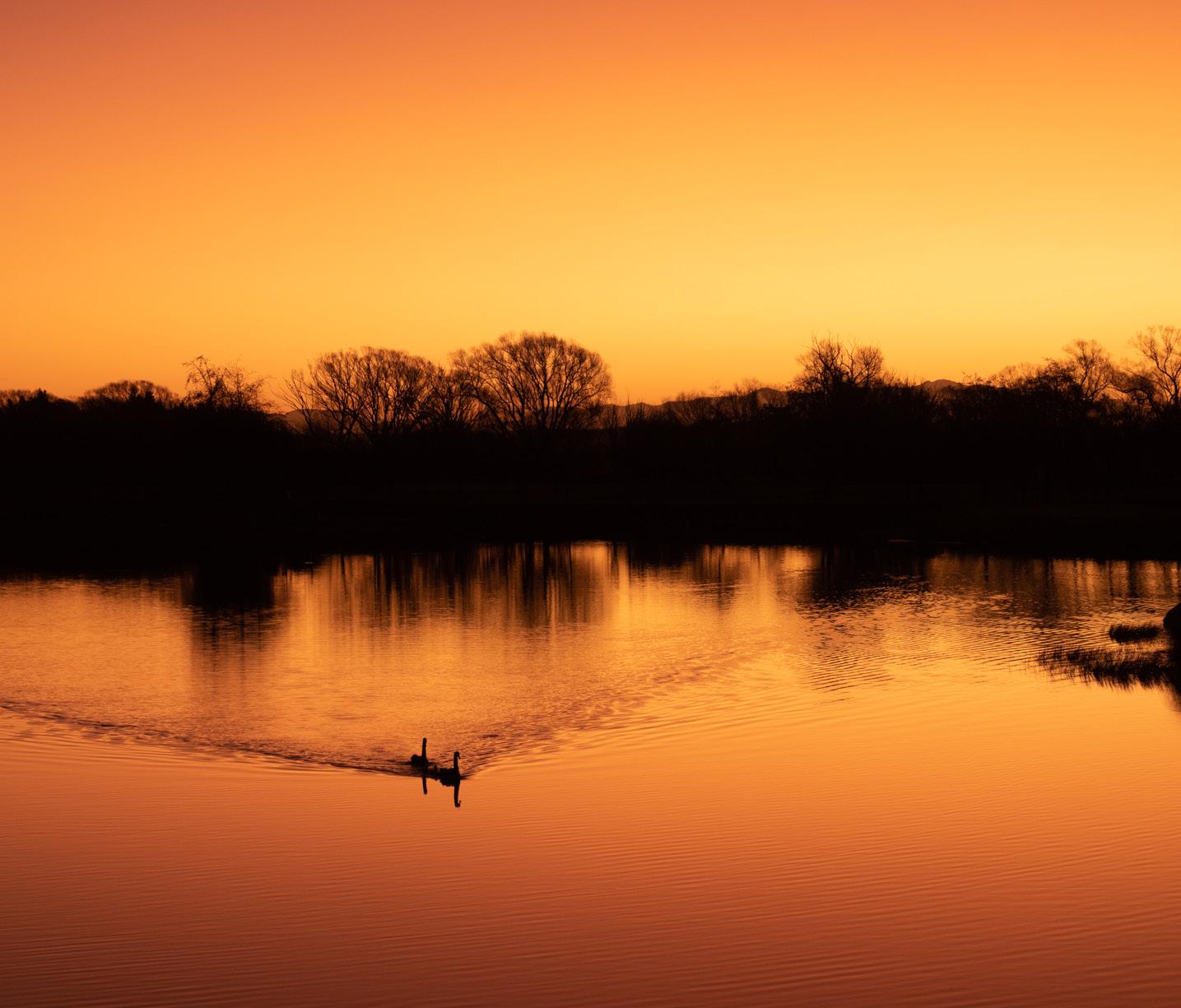

Our journal is dedicated to talented photographers to showcase and celebrate their passion, creativity and commitment.
The world needs more people like you.



Our journal is dedicated to talented photographers to showcase and celebrate their passion, creativity and commitment.
The world needs more people like you.
Creating iconic images
Sharing nature photography skills with
next generation
Years of planning versus happy accidents
WInter Warmers
Mindfulness Month
Sharing skills
All rights reserved
of any material appearing in this journal
Opinions of contributing authors
Paper used for printing this journal comes from forests that are managed to meet the social, economic and ecological needs of present and future generations and is FSC (R) certified. Print copies are available for purchase at community.excio.io/journal
any form
forbidden without prior consent of the publisher.
not necessarily reflect the opinion of the journal.
Dear reader,
I would like to dedicate this issue to the topic of learning. We are always on a learning path. Especially as photographers, there is never enough - we strive to try different techniques, find out what works, what doesn’t, how some of the photographers we admire create their masterpieces and so on. The desire to become a better photographer is natural - we put our hearts and souls into our creations. But our goal should not be to become better than someone else. We can only compete with ourselves so our goal should be to become a better version of ourselves tomorrow than we were today.
Ana Lyubich Co-founder, CEO of Excio
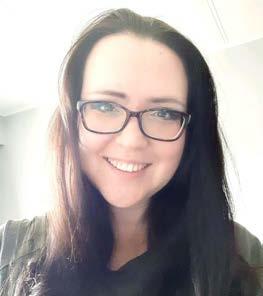
Since the last edition of our Excio Journal a lot of things have happened - we had our Winter Warmers competition, celebrated Matariki, spent August doing a Mindfulness Month challenge and launched our new online community space Excio Hub where we moved from our Facebook group. Why did we move? It all comes down to learnings! Facebook, of course, is a widely-used social media platform, but for the goals we have for our community we felt it was limiting our abilities. If we wanted to create an event, group, or simply have a private space for members to share some personal stories we needed to do it on multiple different platforms which was never going to work. Now with the Hub we can do so much more and do it together. I strongly encourage you to join if you haven’t yet. If you are an existing Excio member you would’ve received your personal link to join. If you are not a member yet, you can start for free and share your work with other members.
Our Mindfulness Month challenge also brought a lot of lessons for everyone who took part. We learned a lot from each other’s stories, experiences and challenges. We went back to our archives for some of the topics which triggered lots of memories while taking fresh shots for other days. Once again we saw we are not alone and we had a very fun and friendly online chat discussing the entries after the challenge was completed.
We have also learnt that the previous format of the journal wasn’t ideal for our members - if they ordered one of the issues they would miss out on the rest of the articles and features shared in the other issue. So we have changed the format and frequency of the journal, it will be one issue every two months from now on. Free to read for everyone who loves photography, is interested to learn more about the ‘behind the lens’ life of our members, and is passionate about the community we are growing.
This issue comes later than we originally planned, but I am sure you will find lots of inspiration and will enjoy seeing the featured works which will make you pause and think. You will also hear from our members Lex Rudd, Tim Wege, Judi Lapsley Miller, Connul Lang and Tushar Sharma who share their photography projects, tips and stories with us. I’m sure you’ll agree it was worth the wait!
So grab a cuppa and enjoy!
Ana.
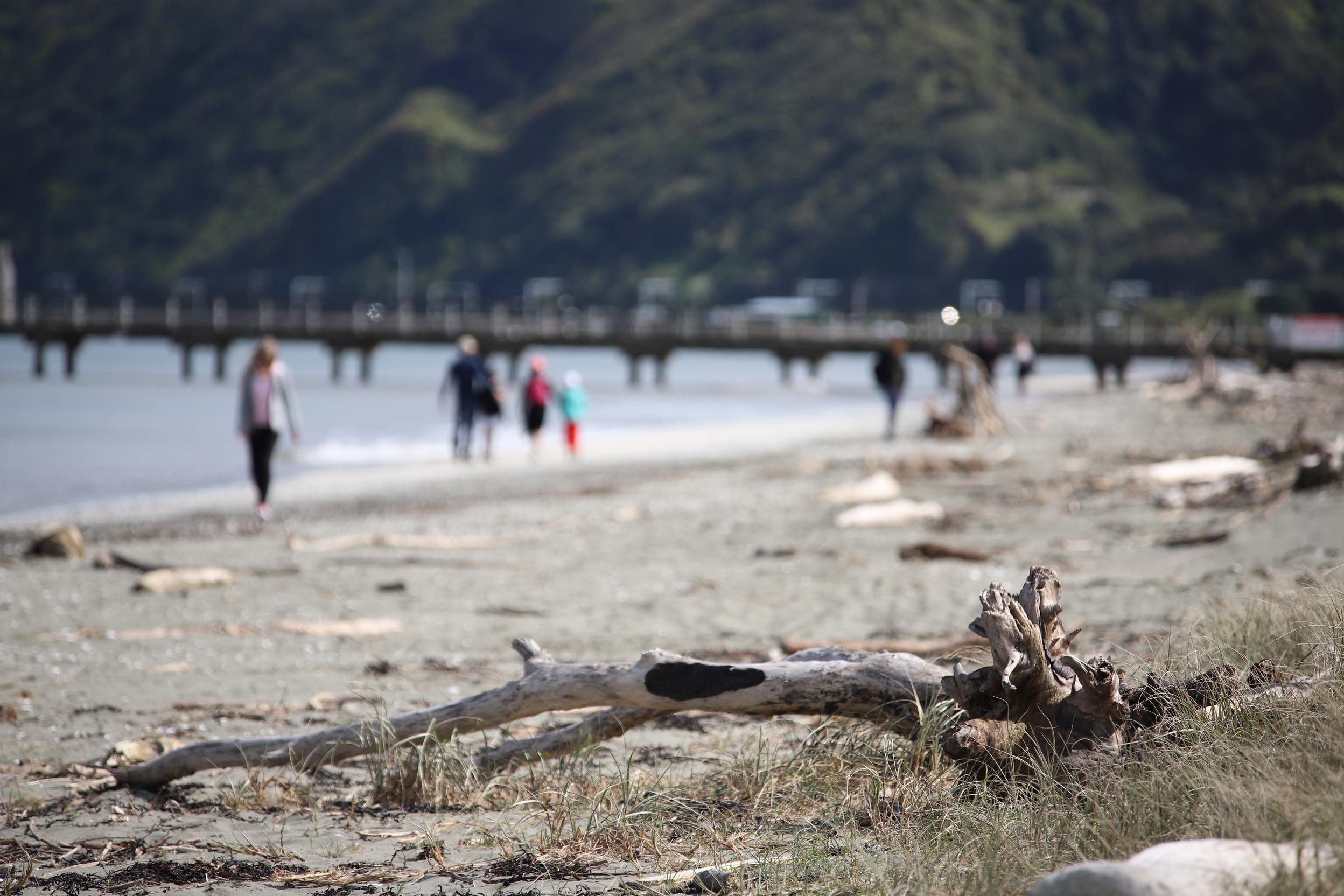


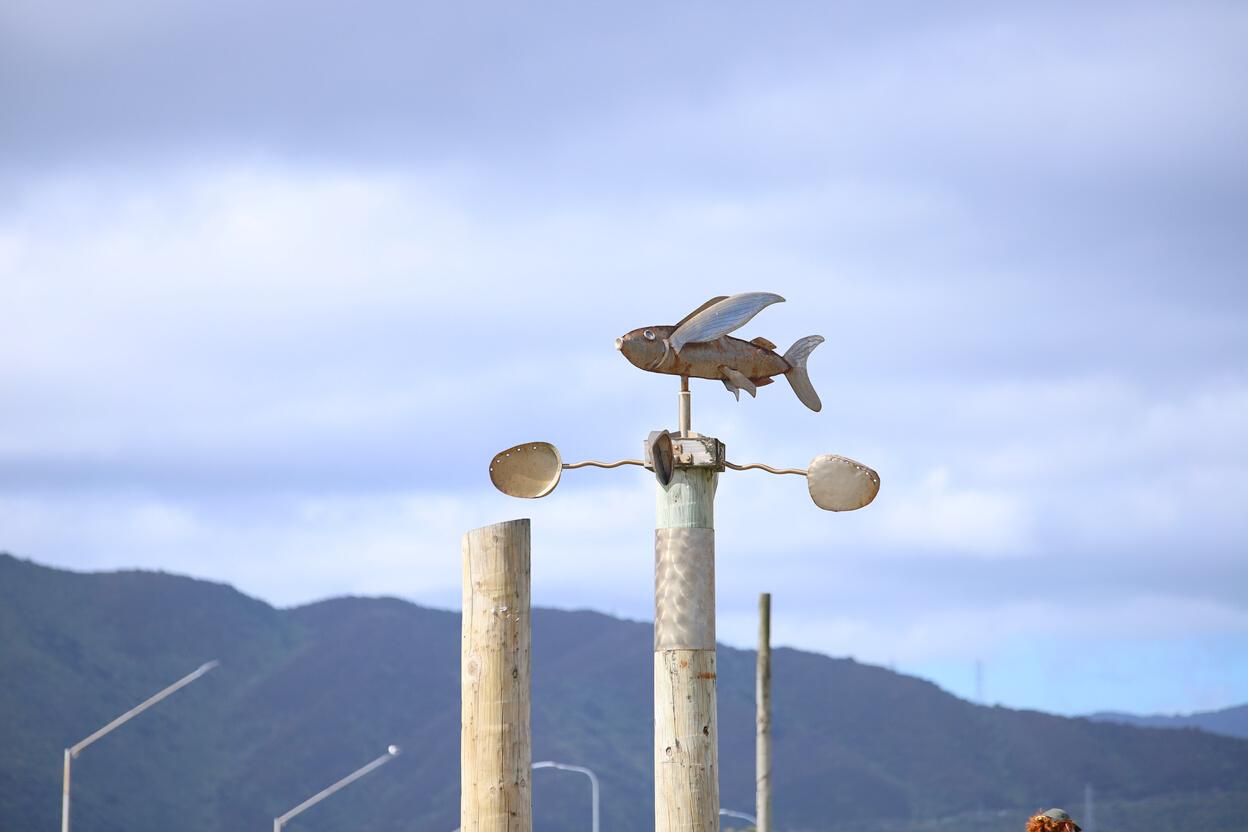



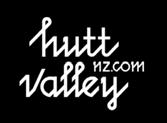
My father was a studio photographer, so I grew up reciting f stops and learning that the ice blocks in the glass in the Coke ad are actually plastic.
I make documentaries as a profession, and I have always owned some form of camera, but it was really with the shift to digital that I could combine my work in television with an urge to take photographs. I will frequently be in the field working on a story and see a great picture that may not be part of the film we’re
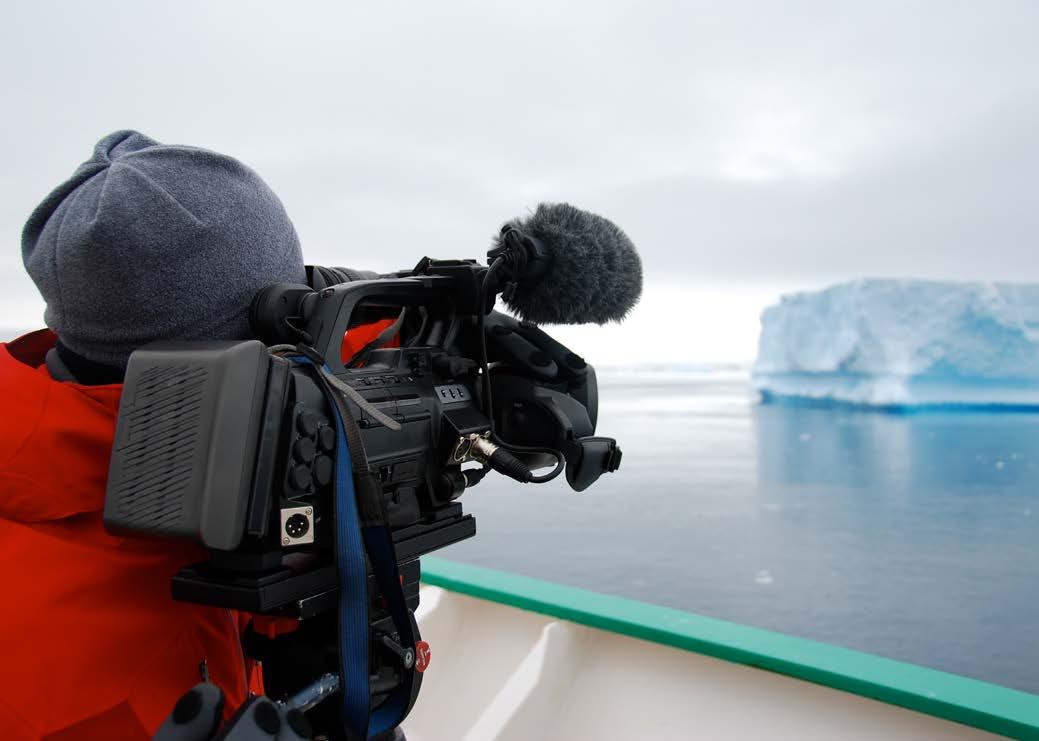
working on, but it’s still a great image, and I’d hate to waste it.
All visual disciplines have their challenges, but unique to photography is the challenge to tell a strong story in one static frame. In film we combine images into sequences to create emotion, in photography you don’t have that luxury, you have one frame. I love the challenge of trying to tell a story in a single frame.
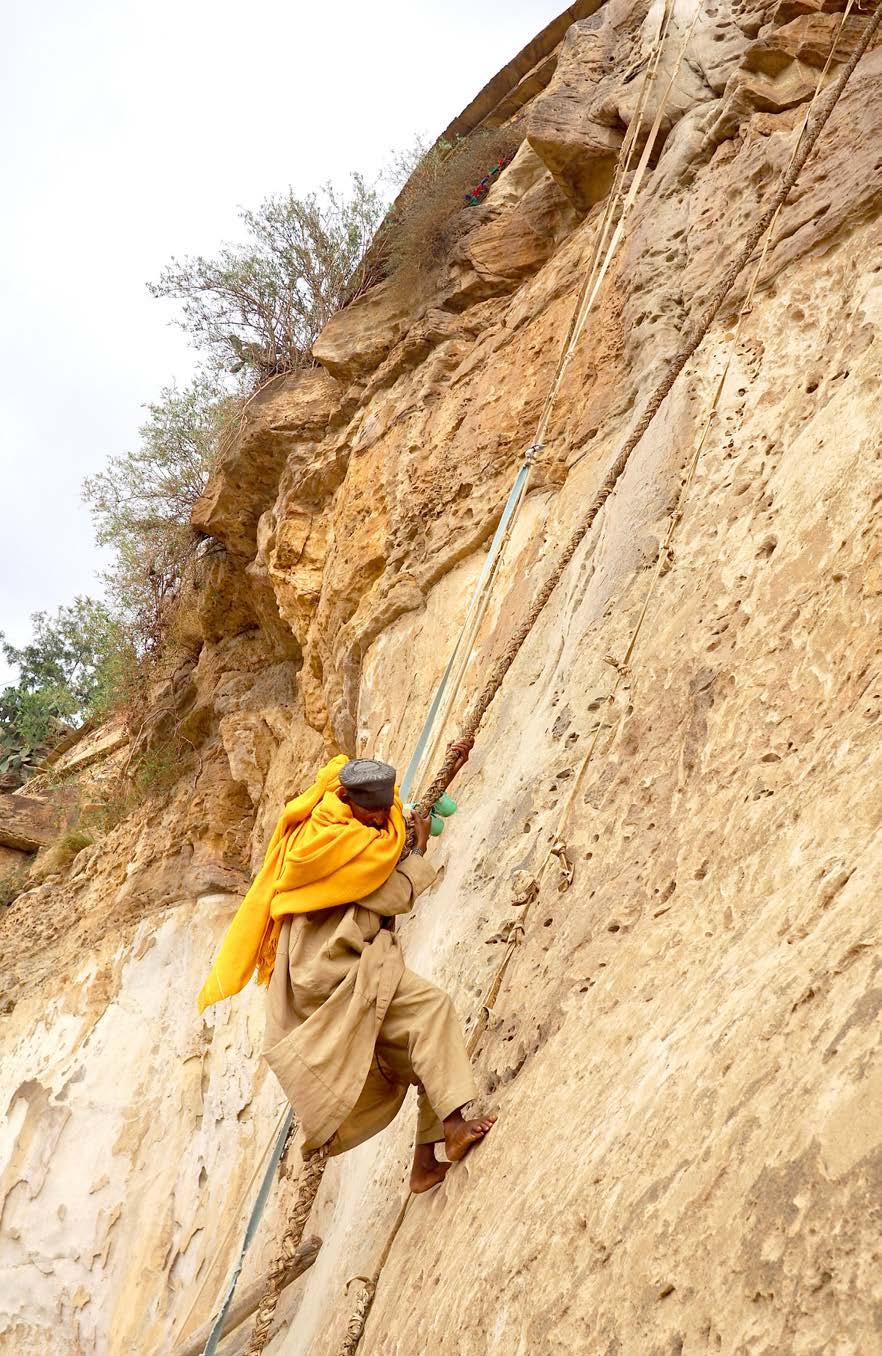
The first photo I uploaded to a microstock site in 2011 was of two boiled eggs on a chequered tablecloth - a terrible photo! Who on earth would want to buy that? Luckily I’ve learned a little bit since then about what sells.
I’m active with Shutterstock, Pond 5, and iStock and have about 2000 images, and 1500 video clips accepted.
I’ve found that stock photography has become more and more competitive in the last decade, with more images entering the market and several production companies who specialise just in stock. However, consistency and time pay off in the end, it’s hard to say how much I earn from stock photos as it varies from month to month, but it’s normally a couple of hundred dollars.
I find in my profession as a filmmaker and photographer, it’s a great outlet for work that isn’t necessarily suited to the project I’m working on at the time, but is still a great image. Plus it feels great when a picture I took 10 years ago sells!
My top earning photo is one I took while filming a friend (who is a doctor), performing a hip replacement in hospital. It’s just of the heart monitor, with the surgical team in the background, out of focus. Clearly good for medical scheme year end reports. Second best picture is of my business partner filming an iceberg in Antarctica. A few years later I saw it as the banner image for Amazon prime documentaries.

I read about Excio on a photography forum and was intrigued by their stand against what’s known as the “race to the bottom” of image prices - basically as competition increases, images are sold for less and less, to keep them saleable. Plus the team are super friendly and from New Zealand. What’s not to like?!
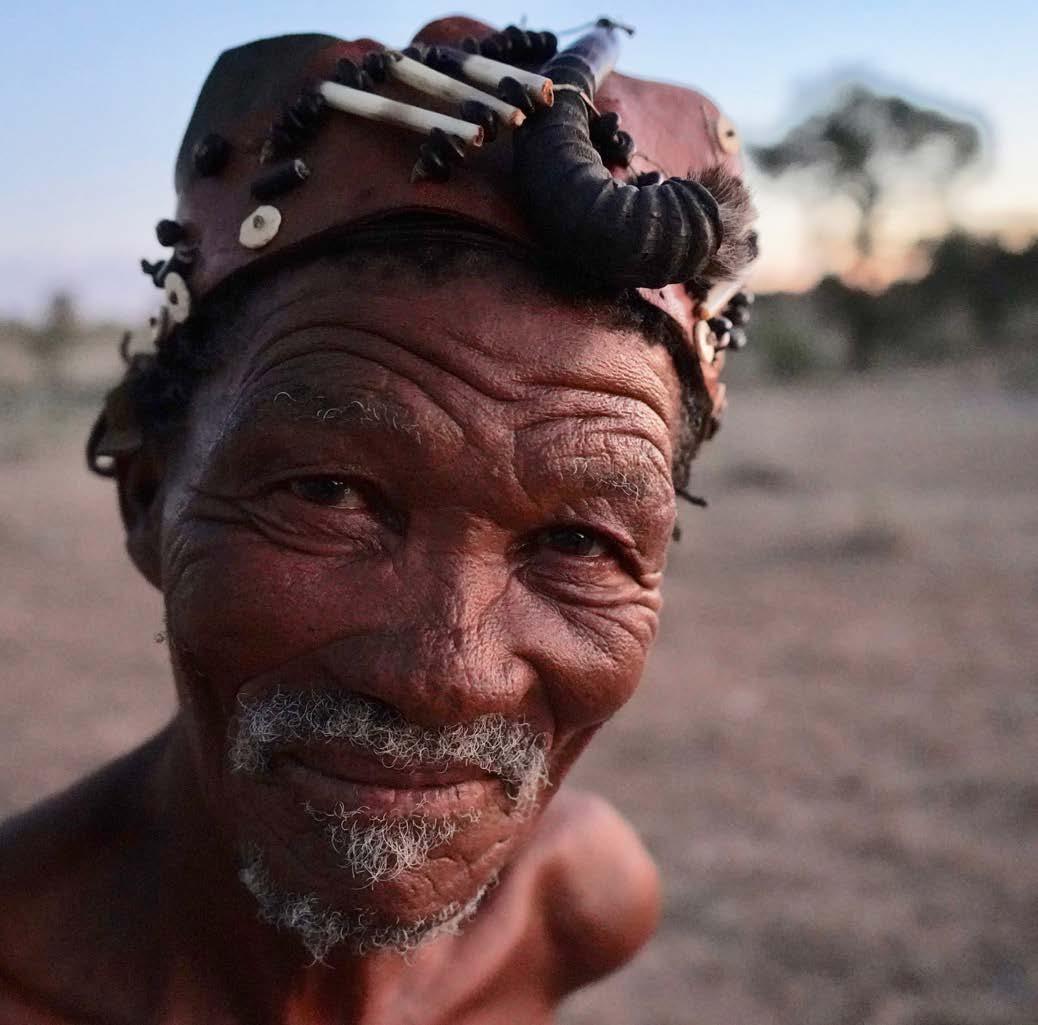
I probably have two styles, one is about taking a good stock image, that reflects a place or an object well. The second reflects my interest in the craft of documentary. Pictures of people that tell you something about the unique moment that they’re made, and the spirit of the people they reflect. These are probably less saleable as stock images, but you have to have diversity in life, right?
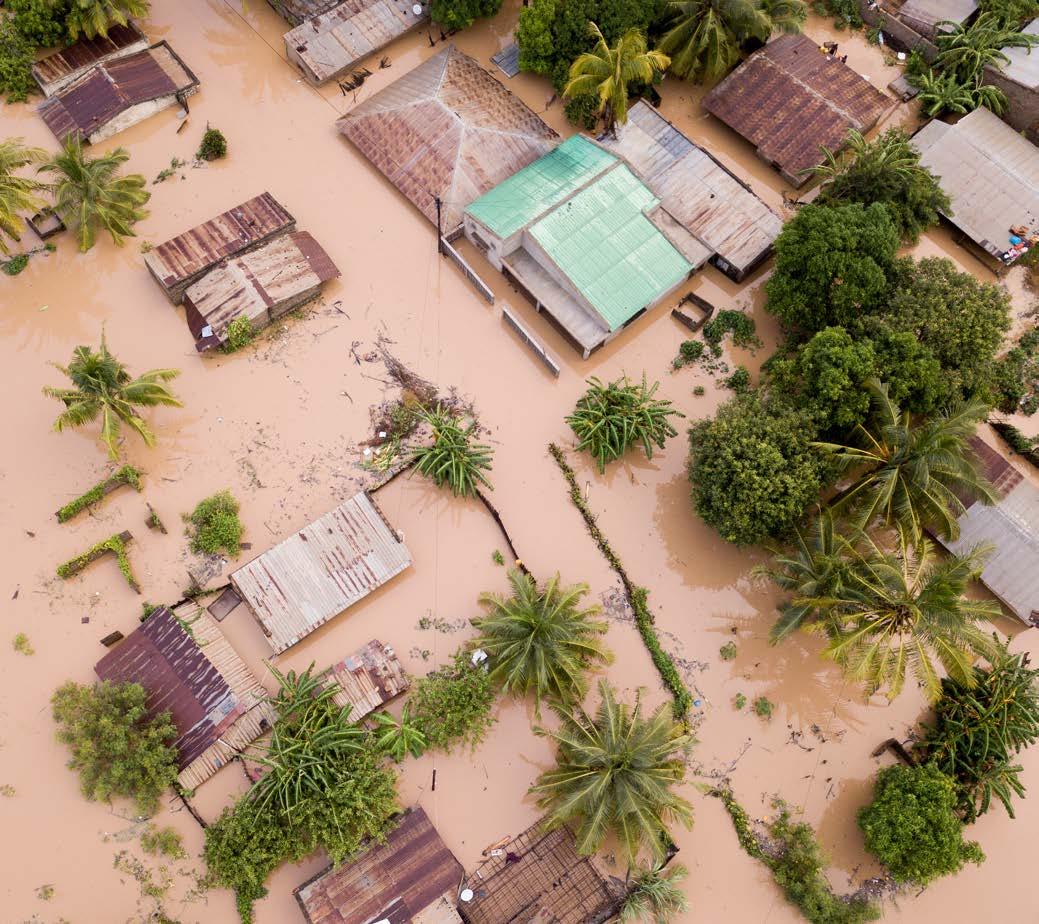
There has been so much written and theorised about when a photograph is empowering and when it is exploitative, and how that line gets drawn. I think the truth lies somewhere in the moment of the subject’s “want” to be documented or photographed. In my work as a documentary filmmaker, mostly the people I film and photograph, want to be filmed. It is the human condition to want to tell our stories, and for people to know who we are. As a photographer, you are in a unique position, and it is your job to navigate that terrain respectfully.
I think a great photo tells you something about a subject, in a way you haven’t seen before. We are emotional creatures, so above all, a great photograph needs to evoke an emotion. Drones have changed everything, and added a whole new perspective on the world, without having to hire a helicopter. So my advice would be to look for new perspectives, the best pictures are one’s where the viewer says “oh, wow, I haven’t seen that before.”
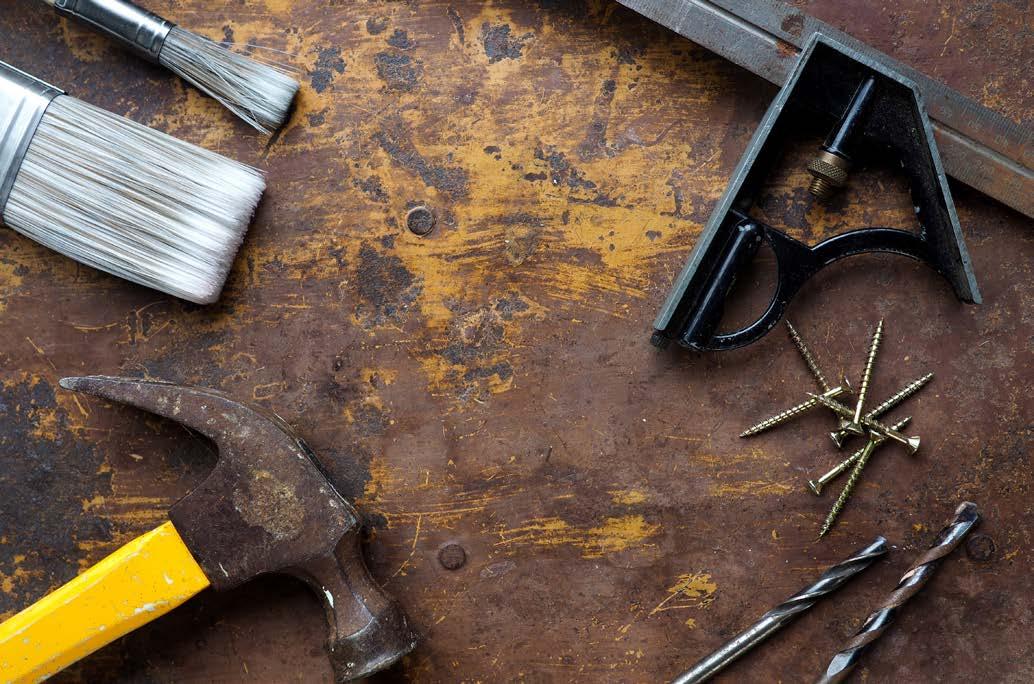
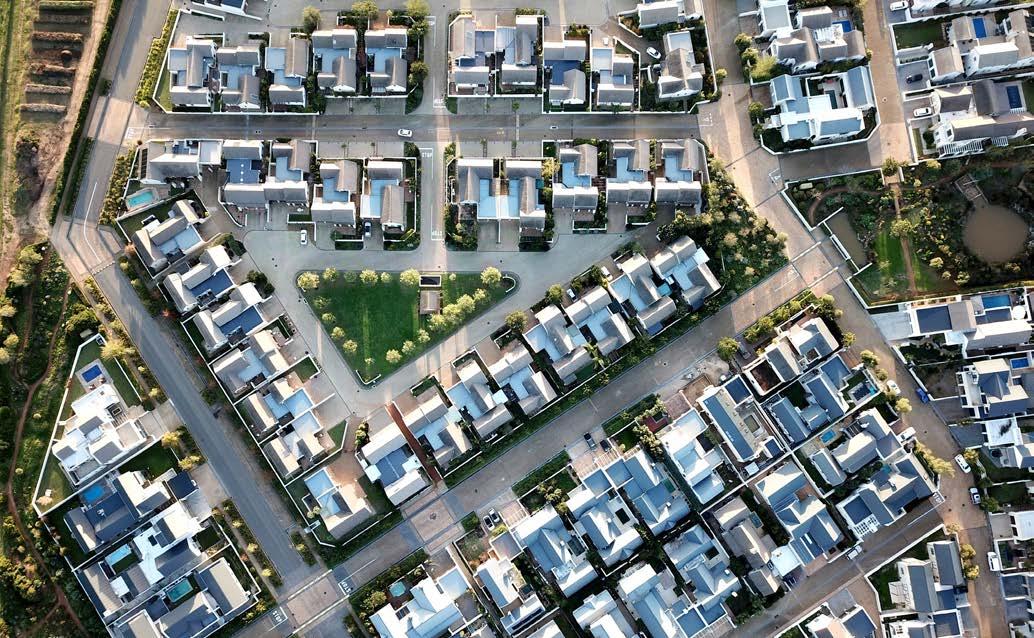
I would love to return to Cuba to photograph Las Parrandas, the fireworks festival that captivates the small town of Remedios, the night before Christmas. It is a rum-fueled 24 hours of madness, where the
town is split down the middle, each side battling the other for the biggest, baddest, wildest firework display, that goes through the night. I was filming there in 2016, and am still itching to return with a stills camera.
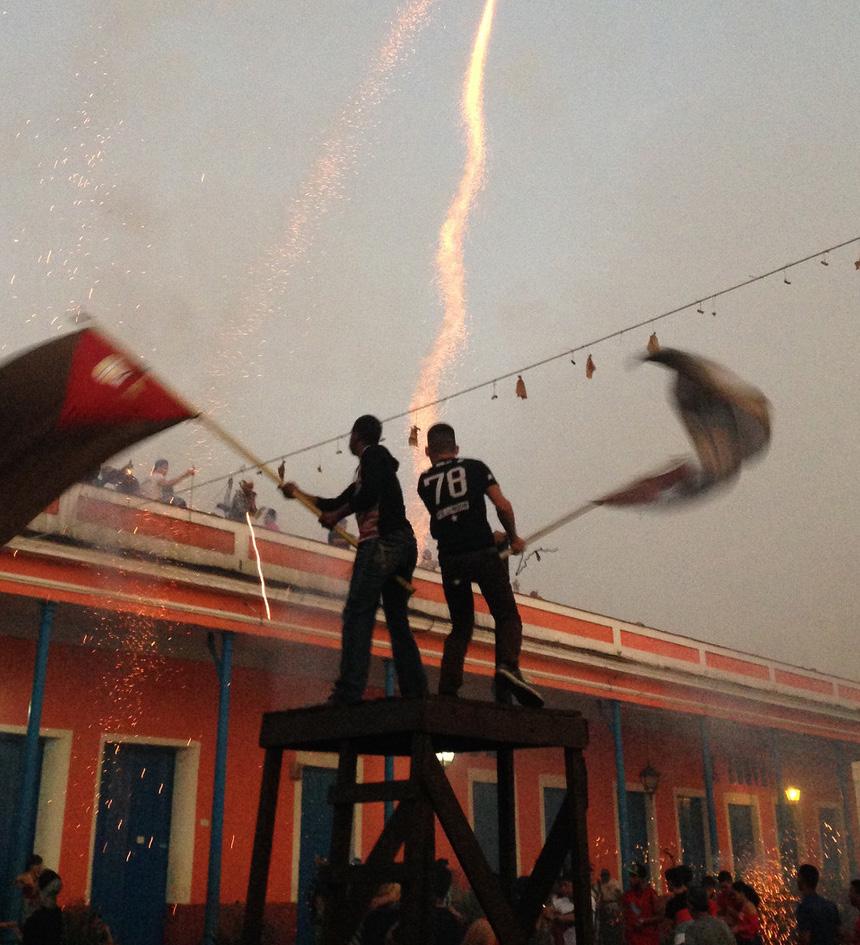
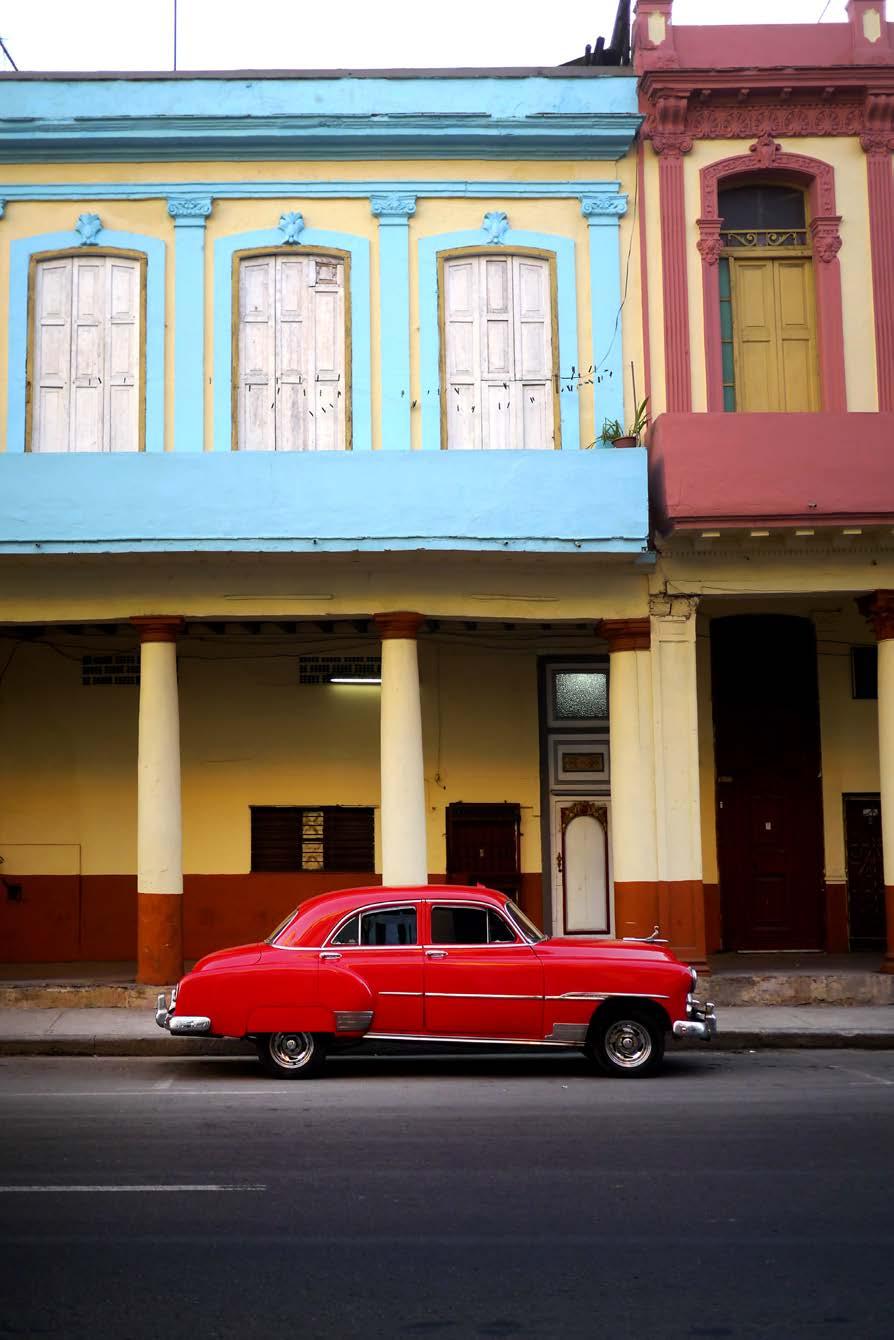
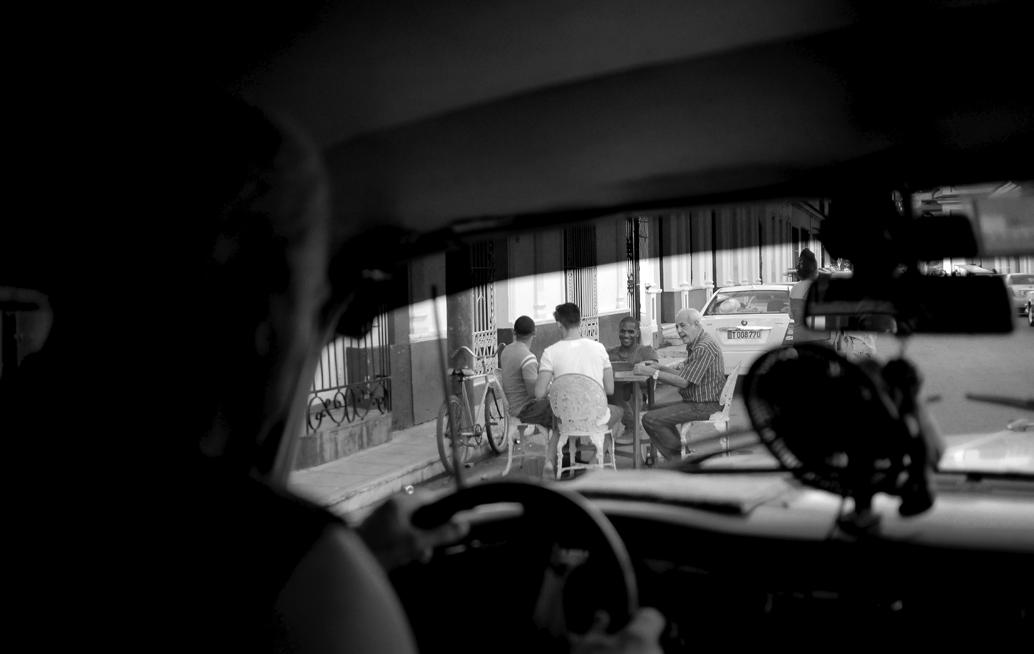
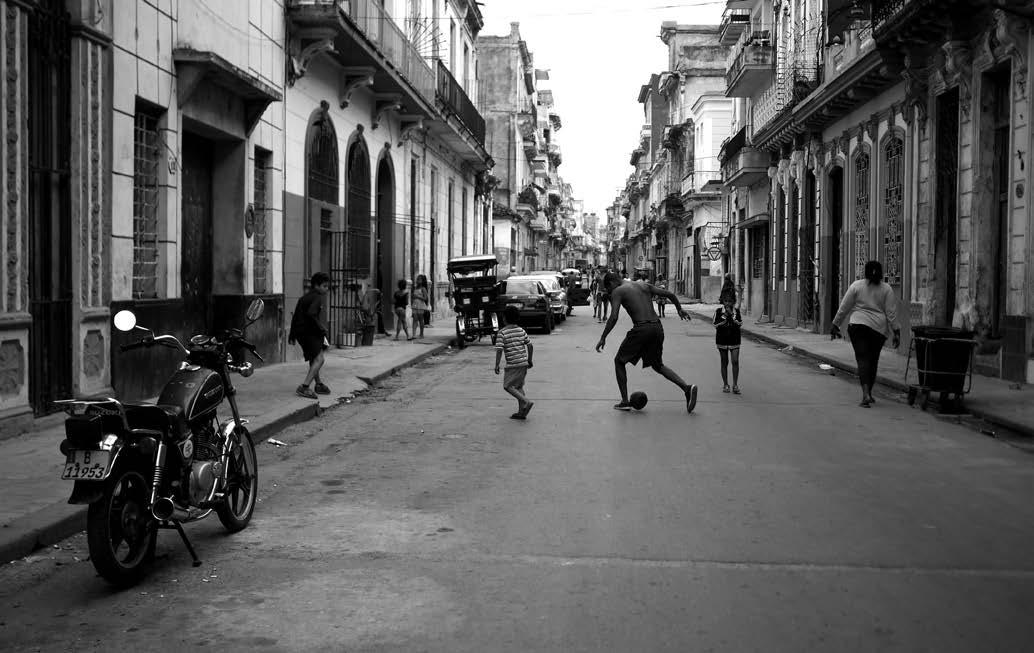
During filming for a documentary on the Ethiopian/ Eritrean border (before the civil war), we visited a wedding party in a remote village. We drove to the end of the road and walked through two valleys to get to the house. On top of the hill, the entire village was assembled under a tent for a wedding of two young people. We spent the entire day there, in what felt like a ritual from another time. The whole day the revellers (and the groom) partied, ate and drank, waiting for the bride to finish dressing and appear from her hut. Old men and women swathed in white robes solved the world’s problems while
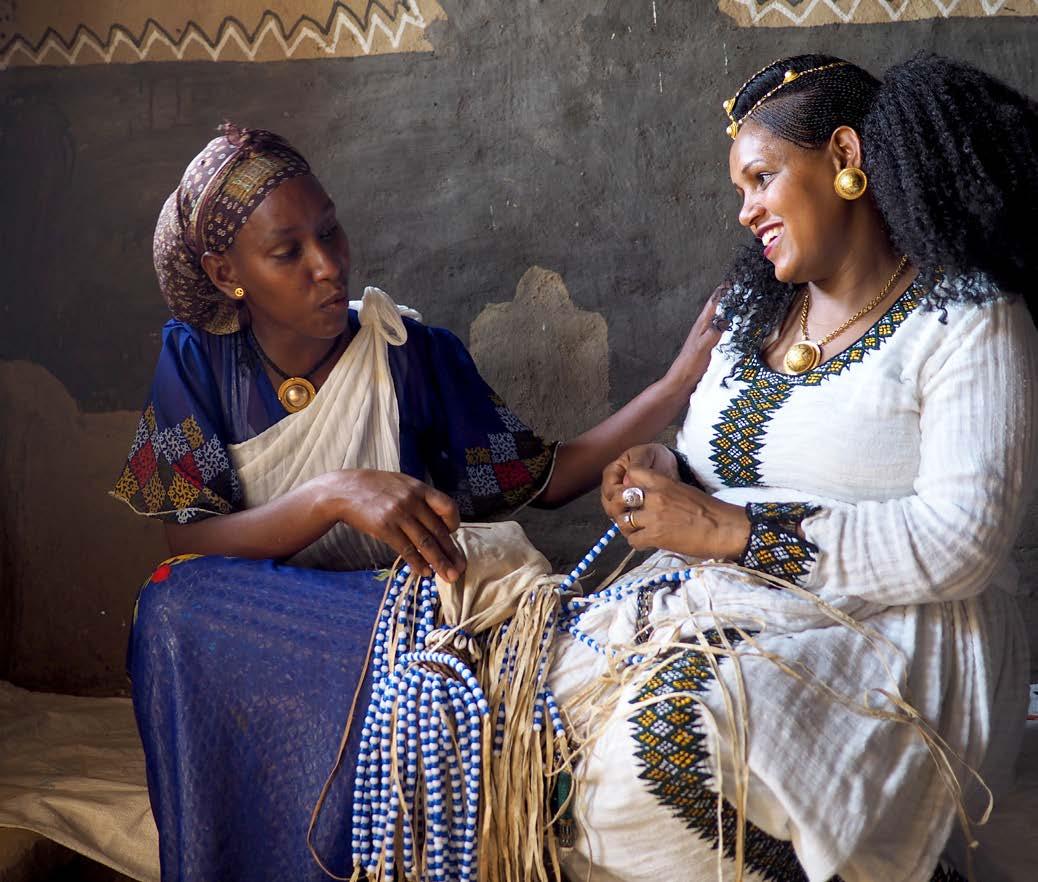
drinking copious amounts of honey-beer from calabashes. At one stage an old man on horseback charged at full gallop through the wedding party blowing a trumpet. The anticipation was tangible. We were allowed inside the bridesmaid’s hut to film the preparation of the dress. This image, for me, captures an excitement and moment of intimacy that’s universal, between the two bridesmaids as they decorate the wedding dress.
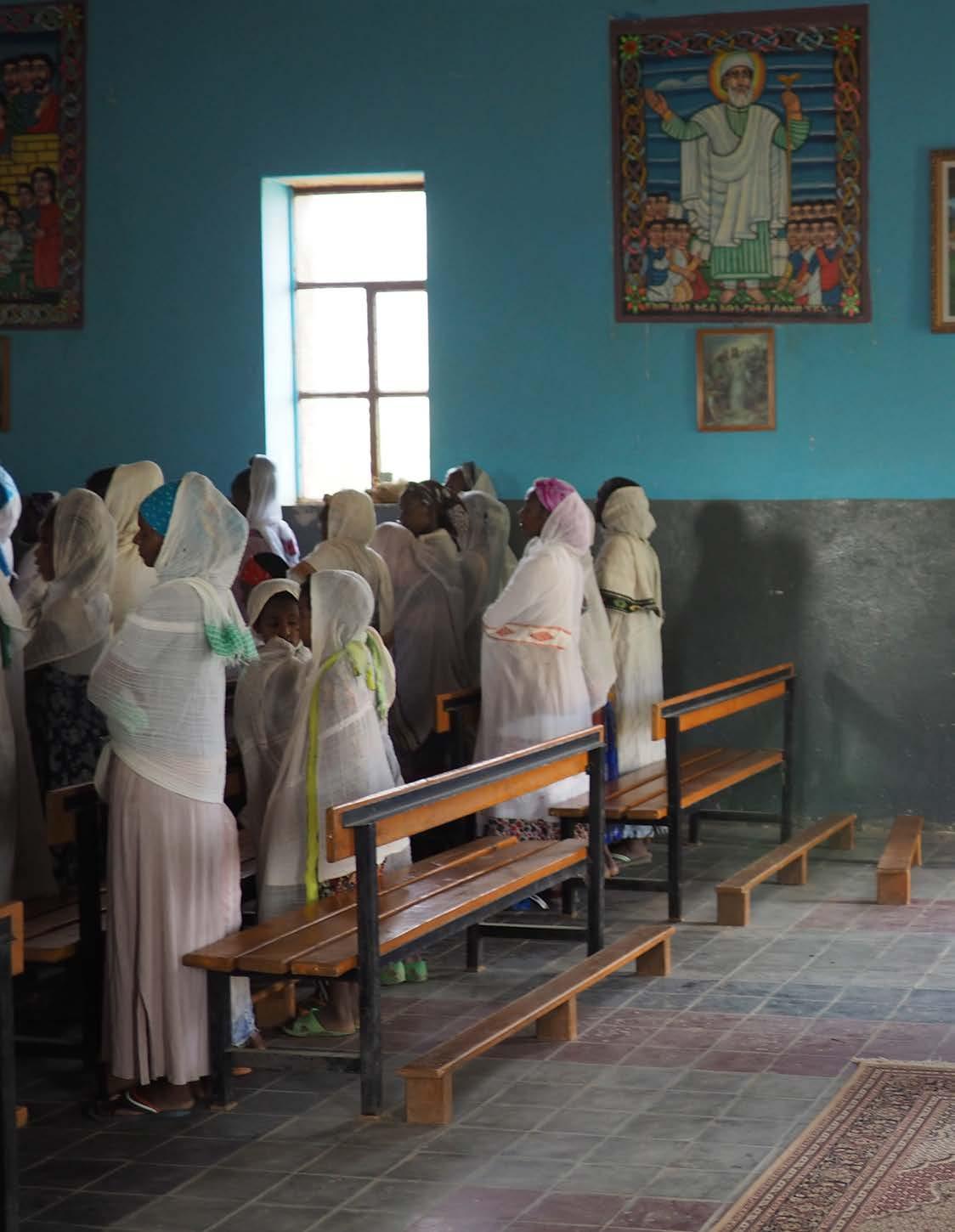
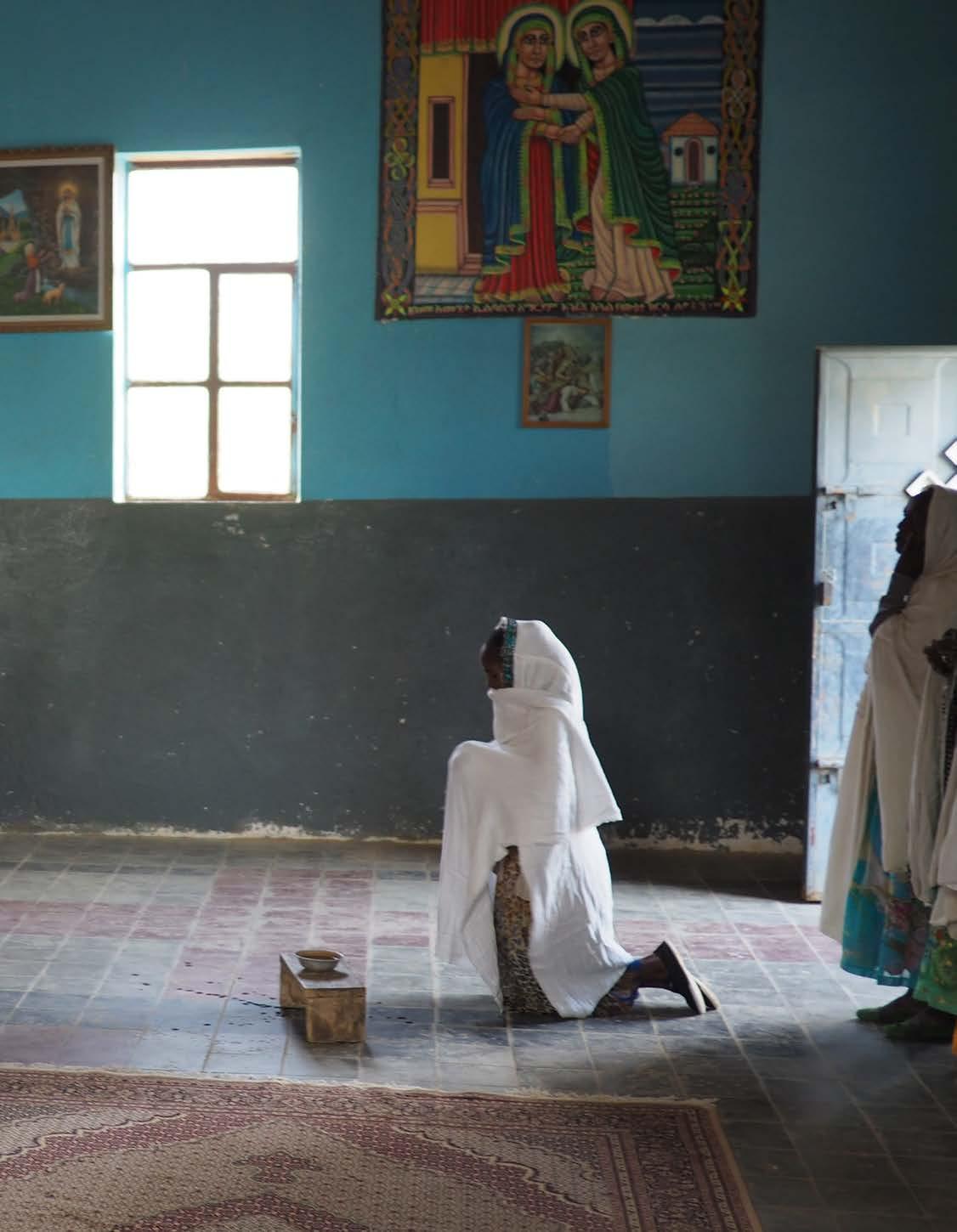

I was born in Adelaide, but moved to Melbourne after finishing my University education (B.Sc Hons). I began work life as a research chemist before moving across to the pharmaceutical industry. I went back to University part-time to gain
qualifications in Business Administration. I was a founding director of an ASX listed biotechnology company. In 1989 I started consulting in pharmaceutical manufacturing. Over the next 32 years, I provided services to 240 companies In Australia and Asia before retiring in March 2021.
I began taking photos in 1972 when I noticed a workmate really enjoying his photography hobby. After starting with a compact Olympus Trip I moved on to a Nikon SLR and eventually started developing my own photos (monochrome only). I left photography for about 40 years as business and family became my priority. My wife died when our daughter was eight so I became a single dad.
I bought my first DSLR in 2017 and did about 8 photo workshops with a Melbourne based professional; at these workshops, I learned about digital photography and started using Adobe Lightroom for editing.
Developing a good photographic eye is essential if your photography is to improve. I had a good photographic eye when I shot with film but when I began taking digital photography seriously in 2017 it took me about a year to recover my photographic eye.
For me, the term “photographic eye” means having an eye which recognises good photo opportunities. My favourite genre of photography is Landscape. I enjoy other genres that provide a challenge; this includes motor racing (bikes), professional cycling and water skiing. Each of these genres adds to my photographic experience.
I take photographs to create images with visual appeal. Whenever possible I want to create unique images. Travel photography allows me to experience other cultures and locations. Travelling on photo tours allows me to share the experience with other photographers and broadens my photographic experience and knowledge. I try to take three photo tours each year; these tours are led by a professional photographer.
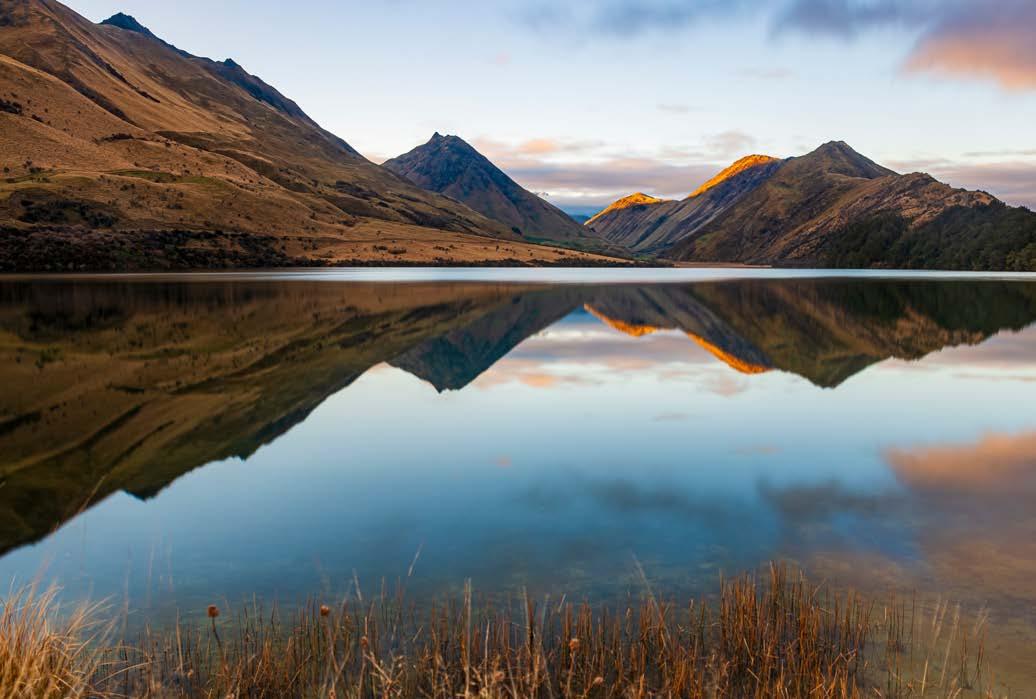
Namibia in 2018 has been my most rewarding location; the photo opportunities were endless. We travelled over 4000km in the Namib Desert. You could travel hundreds of kilometres and see nothing but desert sand (no vegetation, no fences, no buildings, no phone signal). The Namib Desert has an annual rainfall of less than 20mm.
For comparison, the Sahara Desert has an annual rainfall of 283mm. The Atlantic Ocean forms the western boundary of the Namib Desert; this oceanic border extending for 1900 kilometres.
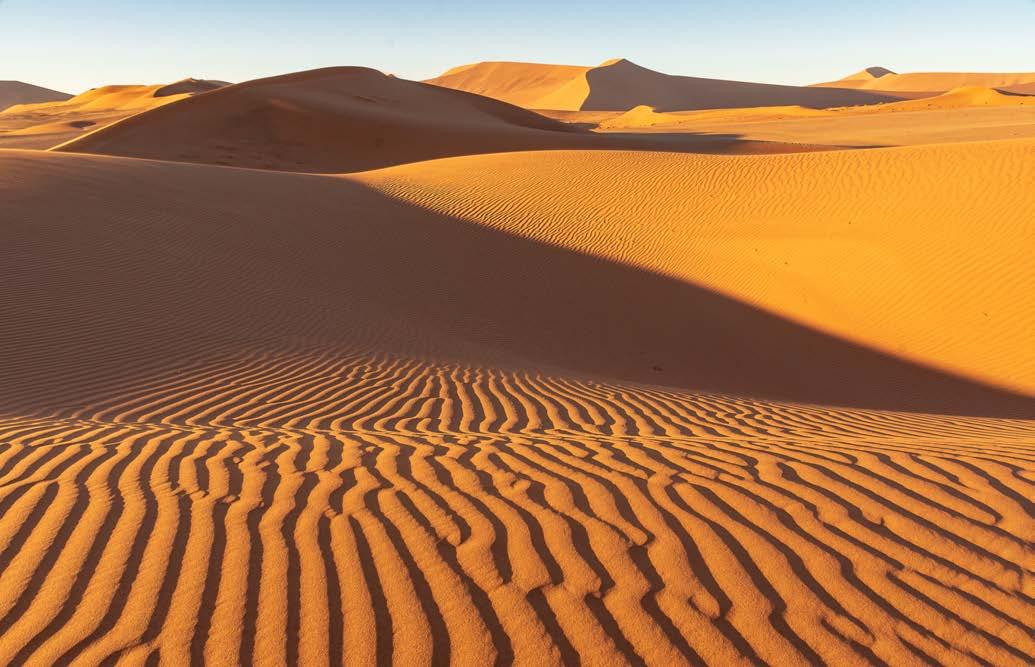
Other memorable moments included Kolmanskop, a diamond mining town abandoned in 1956 and now swallowed by desert sand. In 1912 Kolmansoop was producing a million carats of diamonds a year.
Sossusvlei is located within the Namib-Naukluft National Park in Namibia. It is known for its colourful sand dunes and white salt pans. The dunes change in colour as the sun moves. Tourists are not allowed in before dawn however, photographers on photo tours can enter before dawn to capture the dunes without footprints. The image was captured with a Nikon D7200 @F13, 1/200s, 18mm (Equiv 27mm) and ISO400.
My favourite photo is of rain cracks in the Namib Desert 16 hours after a rain shower when all moisture from the rain had evaporated. Given that it only rains in the world’s oldest desert once a year, we were so lucky to see rainfall. To capture this image of the Namib Desert with cracked sand/dirt was opportunistic and I chose to shoot it from a very low angle. The sun star added nicely to the shot. When we were there daytime temperatures were 30-35°C, but in the hottest months temperatures in the desert can reach 50°C. The image was captured with a cropped sensor Nikon D7200 @ F11, 1/640s, 10mm (Equiv 15mm) and ISO200.
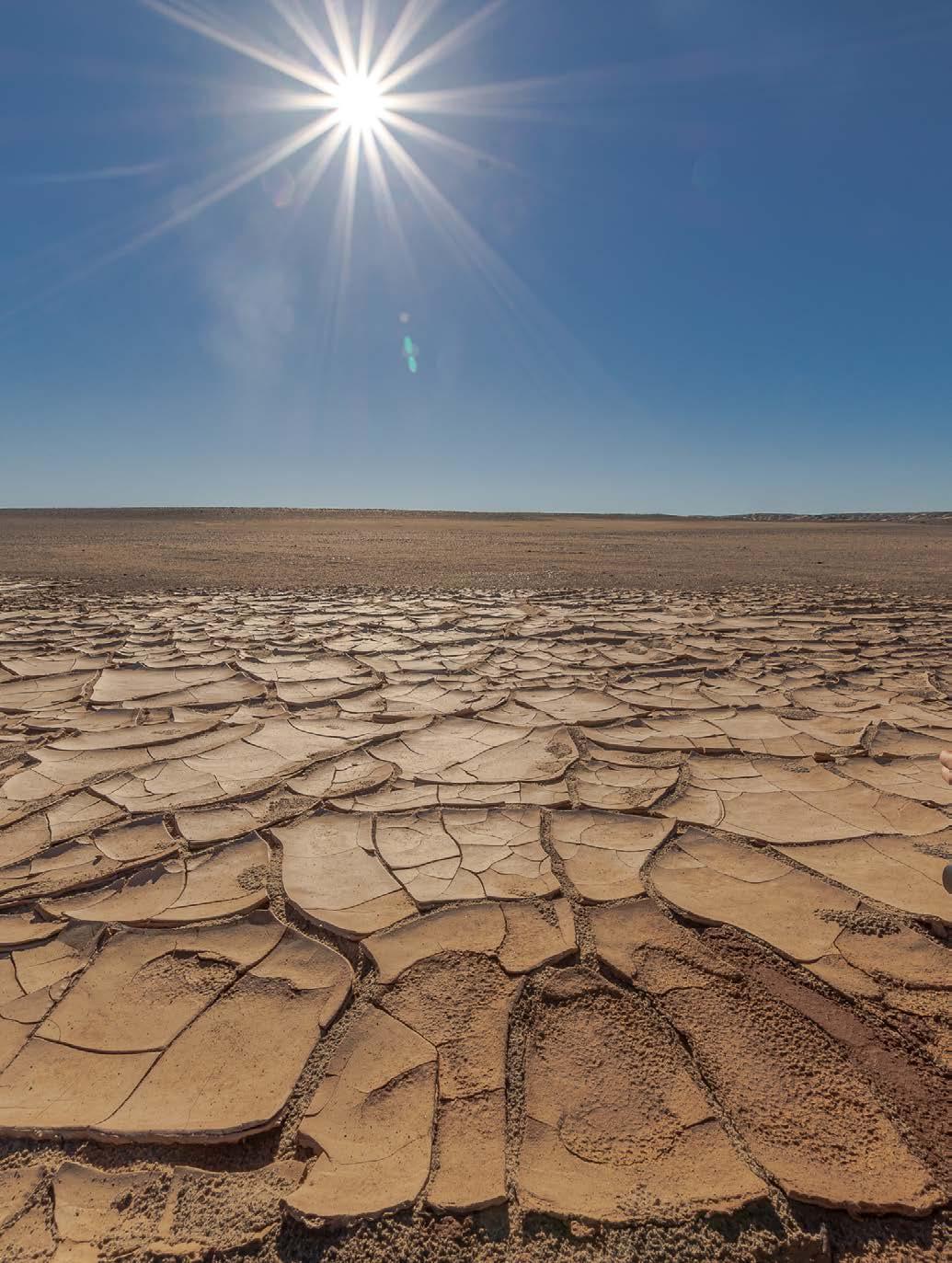
Deadvlei with the 700-year-old petrified Camel Thorn trees was another highlight. Located about 2-3kms from the Sossusvlei car park, these trees are dead but have never decomposed because there is no water. The visually stark trees are a reminder of the severity of the climate in this region. This image was captured with a Nikon D7200 @F11, 1/500s, 10mm (Equiv 15mm) and ISO400.
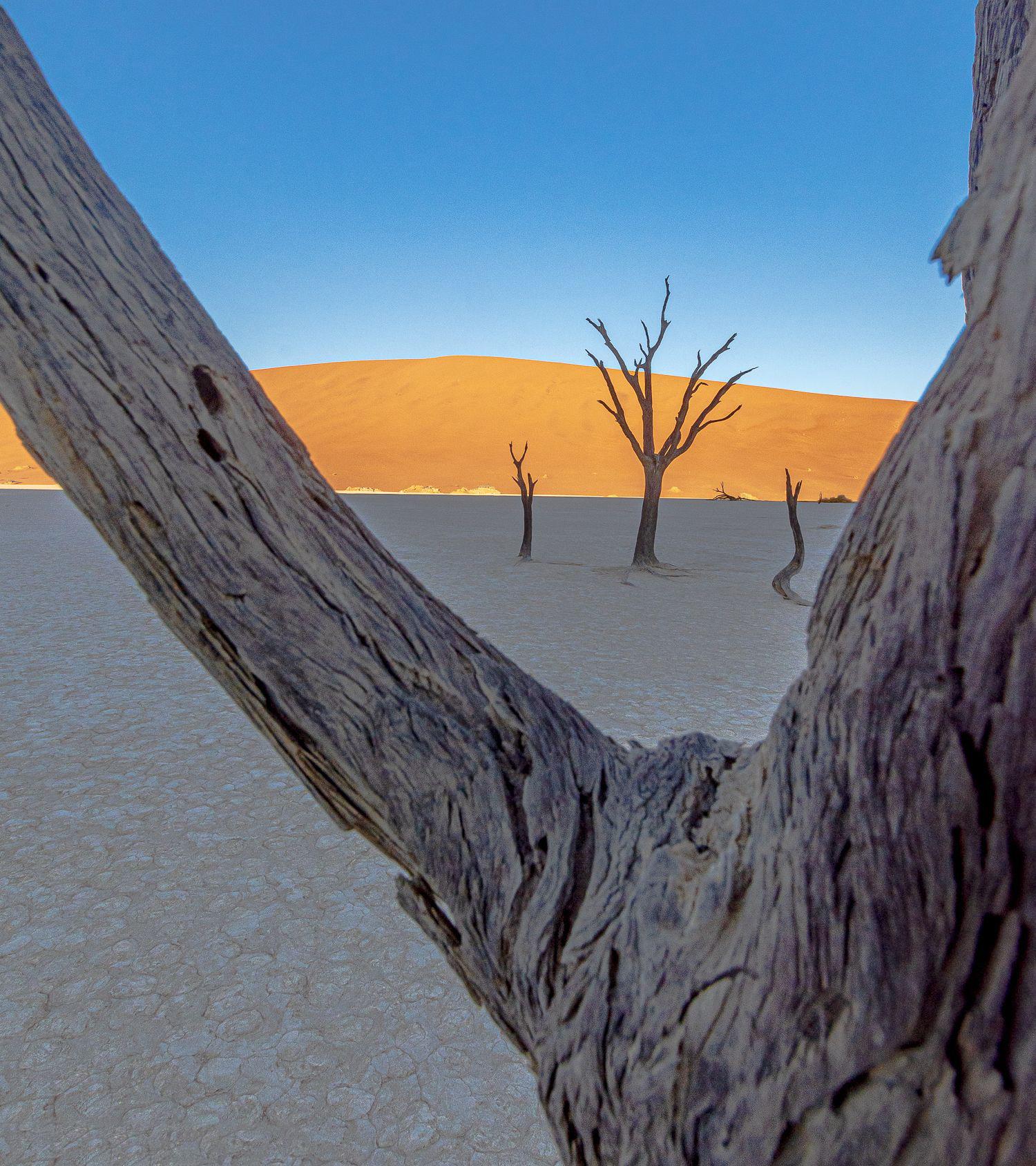
The two male Cheetahs seen here were orphaned at birth and were raised on a property at Keetmanshoop (500Km south of Windhoek). The Cheetahs were hand-fed daily by their owner. We did not realise we were going into a paddock with them (unrestrained). Their owner told us “do not run, they will take you down”. They ran at us at full pace and then stopped and stared to see who had the meat bucket. On of the cheetahs nuzzled the lens hood of one of our group. When they had consumed their lump of meat they would return for the next piece. What intrigued me was that once feeding finished they licked themselves clean then purred loudly like household cats. This image was captured with a Nikon D7200 @F8, 1/640s, 75mm (Equiv 112mm) and ISO400.
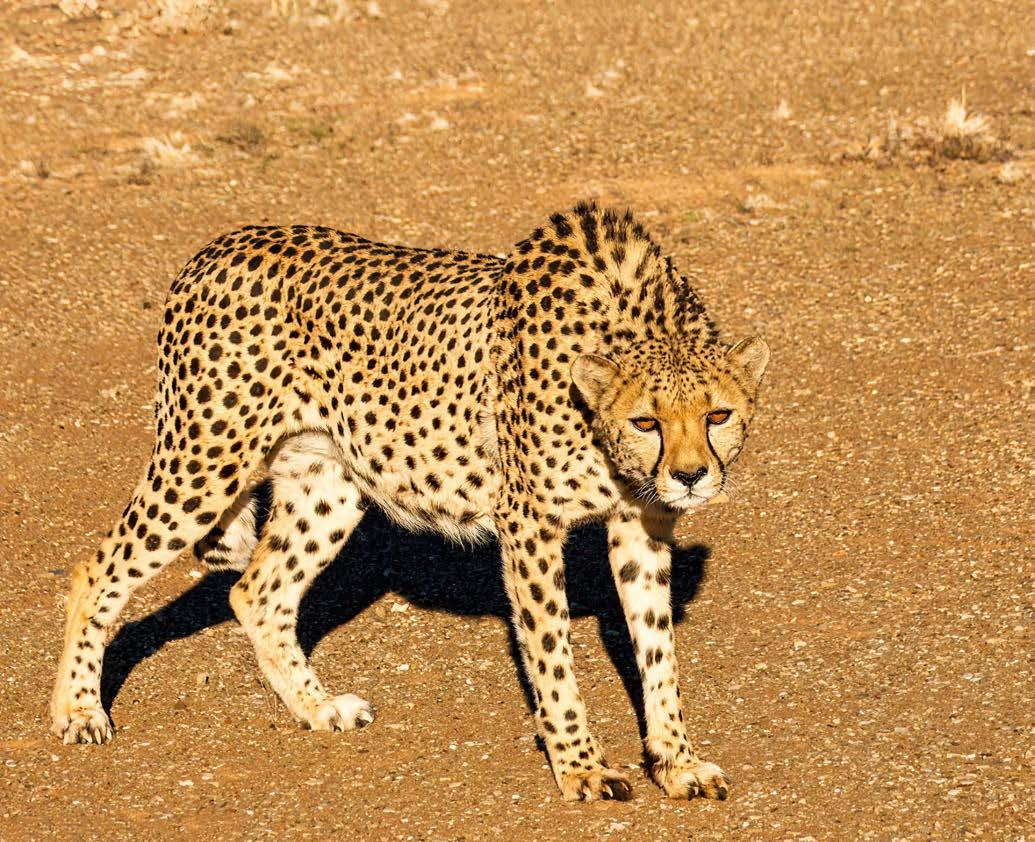
While prime lenses give better resolution than zooms, using a good zoom is ideal for travel photography. A zoom with a focal length range of 24mm-105mm will cover many situations you will come across in travel photography. Recently I bought a 24-200mm zoom which generally covers all my needs during a day of travel, I find that changing lenses during the day can result in lost photo opportunities.
Creating images that are eye-catching involves a few basic principles. Understanding good composition is important as good composition will lead the eye of the viewer to the main subject.
Light is also a critical element. If you have a scene with strong highlights and dark shadows always expose for the highlights. Editing can recover shadows that present as black areas. Highlights that are burnt out can never be recovered.
When approaching a scene for the first time look at it from all angles; low, high, middle and portrait or landscape orientations. Often a low angle provides the best image.
The Dunes of Sossusvlei, which reach up to 350m high) were magical. We flew over them in a Cessna, and many beautiful images were captured. The challenge here was to get the shutter speed fast enough to avoid the vibrations of the aircraft. This image was captured with a Nikon D7200@ F3.5, 1/3200s, 75mm (Equiv 112mm) and ISO800.
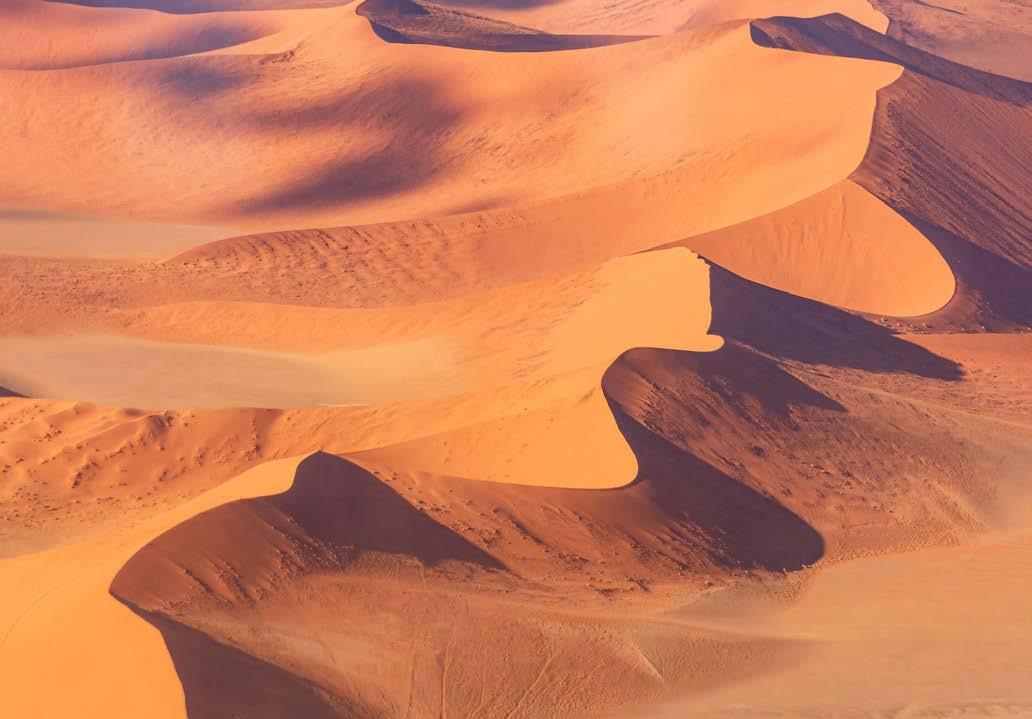
My biggest challenge now is declining mobility with advancing years. Knee and ankle joints must be treated more gently than when I was younger. I can walk many kilometres on stable surfaces but I will not go out onto small wet rocks when capturing seascapes anymore. Minimising the weight of my backpack has become important too. One of my weaknesses is limited patience. Several professional mentors have had me sitting in one place for up to an hour until the light was optimal. In each case those mentors were right; changing light conditions allowed the creation of far superior images.
Covid also restricted me - Melbourne had more than 200 days of Lockdown with travel limits of 5km. During this time my photography was focused on strengthening my editing skills.
A good travel photo should inspire the viewer to visit the location. Editing should result in an image which is visually appealing and matches your visual memory of the scene. Good editing skills can make or break an image. When I first began digital photography I thought why should an image need editing? A professional mentor explained to me that our eyes see more detail than our camera creates in an unedited image. Editing a Raw image will create an image which matches what you saw with your eye. Good editing is an invaluable skill for photographers.
I firmly believe that top of the range equipment does not make you a better photographer. Some of my best photos have been taken with a DSLR with a cropped sensor (purchased in 2017). In the last few years, most of my improvement as a photographer has been due to improvement in my editing skills. I currently use a Nikon Z5, Nikon D7200 and have just purchased a Nikon Z7ii.
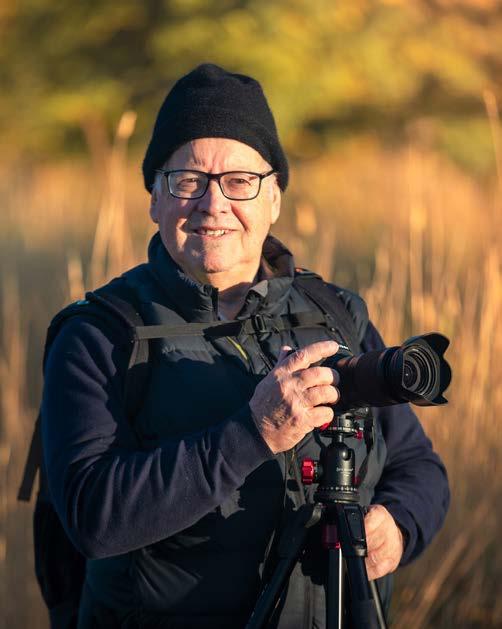
I’ve always been drawn to photography, but it wasn’t until I was in my forties that I had the means and motivation to invest in some serious kit. The catalyst was when a friend twisted my arm to join a photography tour in the Galapagos in 2014 with the incredible wildlife photographer Tui de Roy. It was a life-changing experience and sent me on my way to advocate for our endangered species through art.
I’m not a formally trained photographer but instead have used many online resources and courses to learn. I created the Art of Birding Wildlife & Nature photography challenge as a framework to push myself, and it’s been wonderful to have so many others share this journey.
I stumbled upon photo-artistry and loved how it emphasizes creativity and imagination. It’s been my main creative outlet for my photography to date.
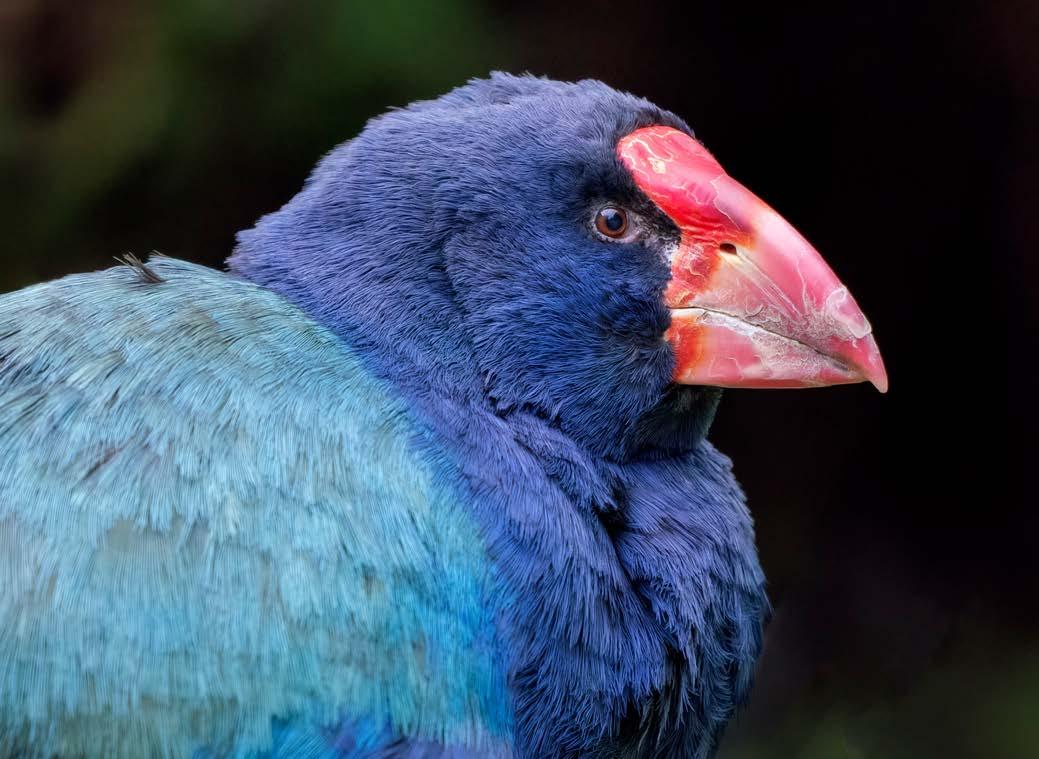
Photo-artistry requires a vast library of images, so I take many straight wildlife photos and often post them on my social media feeds. I was advised early on by more than one professional photographer to focus on my photo-artistry because “wildlife photos don’t sell in New Zealand.” There is some truth to this, but I’ve found that although people love my photo art, many more love my wildlife photography. So I reluctantly began including more wildlife photos in my fine-art range, and, to my surprise, many turned into my most popular prints. So I’d now qualify the claim. Wildlife photography will sell, but it has to be a show-stopper image of something that resonates with people at an emotional level. And then be backed up with thoughtful promotion and quality production.
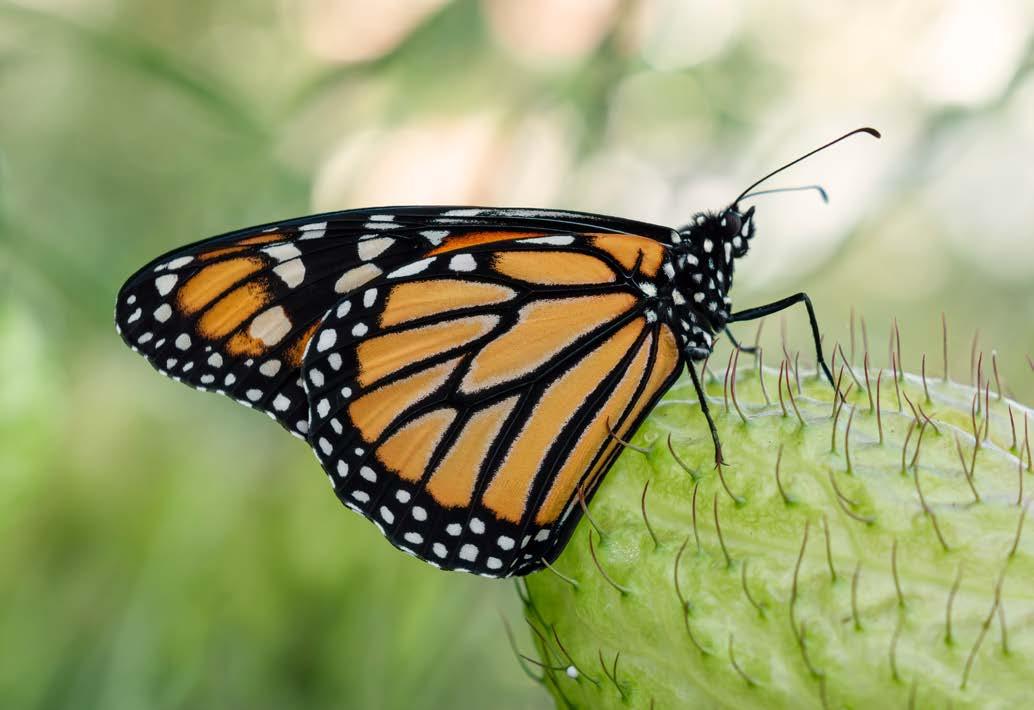
Gallerist Maude Heath from Artel Gallery asked me to create a high-quality range of A4 wildlife
photos at an affordable price point. The timing was perfect because I felt I had too many wildlife photos in my photo-artistic range, so I responded with an enthusiastic “Yes.” It was time to diverge the photo-realistic from the photo-artistic. “Skrark Art” was born.
I also realized it was the perfect opportunity to collaborate with my husband, Linton, who now takes amazing wildlife photographs and invariably accompanies me on all my photoshoots. Initially, he had no interest in photography, despite his huge love of wildlife and nature. But after spending every weekend hanging out with photographers, he felt compelled to join the friendly competition. He quickly got frustrated with my hand-me-down equipment, so we both decided to upgrade our gear from Panasonic micro four-thirds to full-frame Sony mirrorless. Another iteration on, we now both have Sony A1 bodies, and we love them! To his surprise (but not mine), he takes fabulous photos. But he
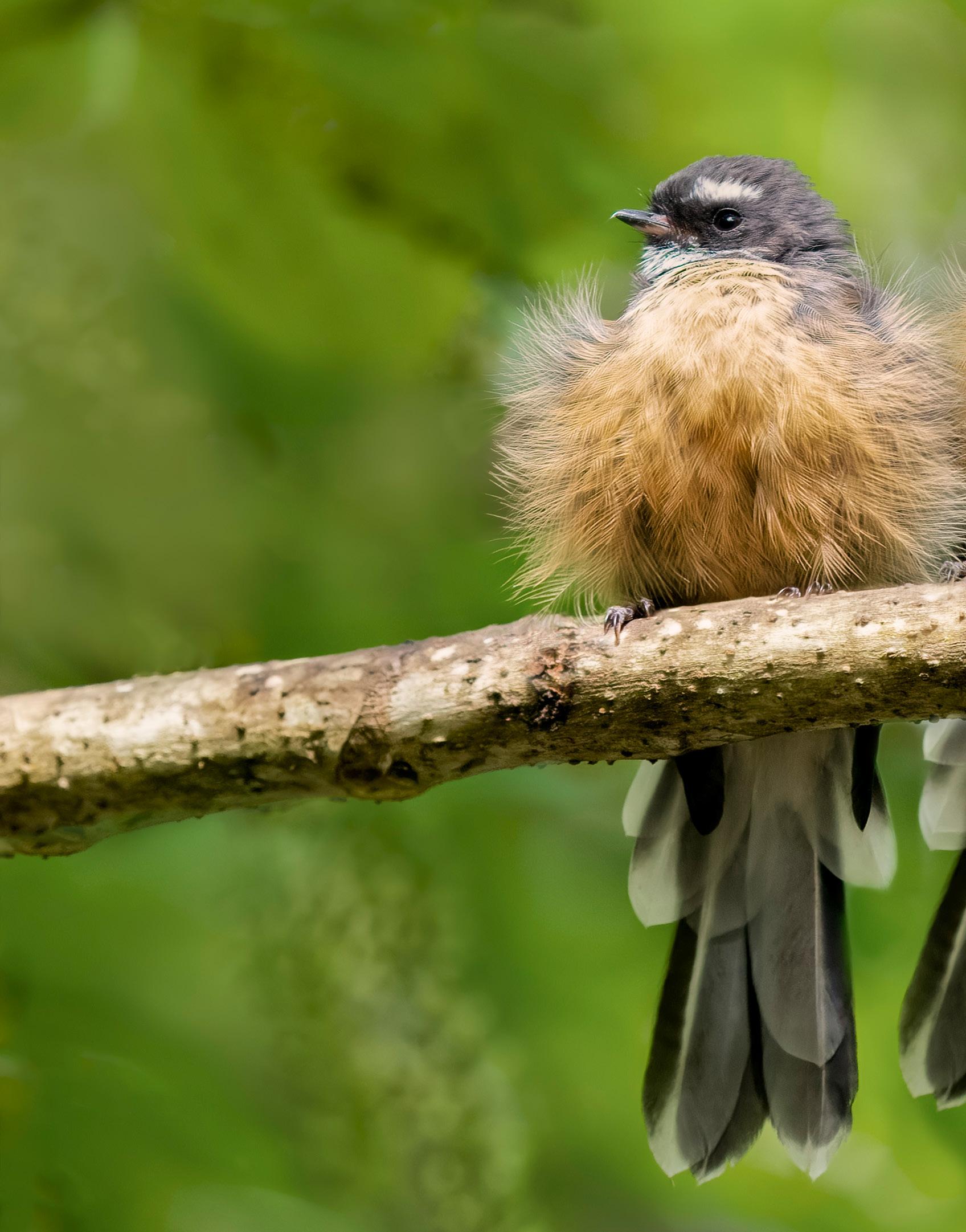

does it just for fun – it’s all about the thrill of the chase for him – and the resulting photos rarely leave the hard drive, if he even remembers to download them! I’d noticed that National Geographic photographers (and my second cousin) John Eastcott and Yva Momatiuk don’t differentiate who takes their photos – they’re a team. So I set Skrark Art up similarly. The images could have come from either of us, but I do all the editing, printing, and running the business side. Linton drives and carries the heavier gear.
Maude had a list of critters she was especially after, including tūī, ruru, pīwakawaka, kererū, kākā, and more. Fortunately, we already had most in our image libraries. It was essential to differentiate this product line from my limited-edition fine art prints, so I couldn’t just use my existing branding and supplies. I was very mindful of the price point needed for this range, but I also wanted to create a quality product. So I decided for Skrark Art to go for open editions,
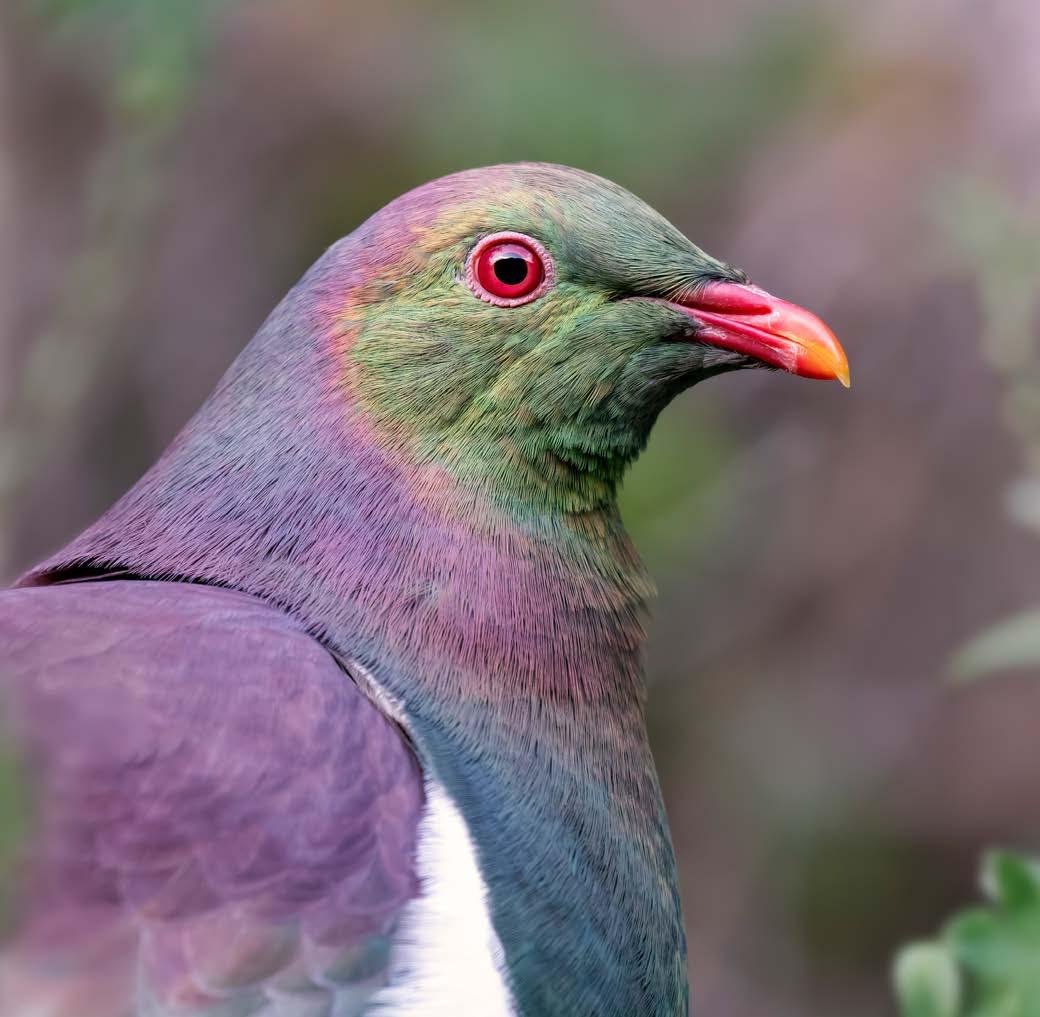
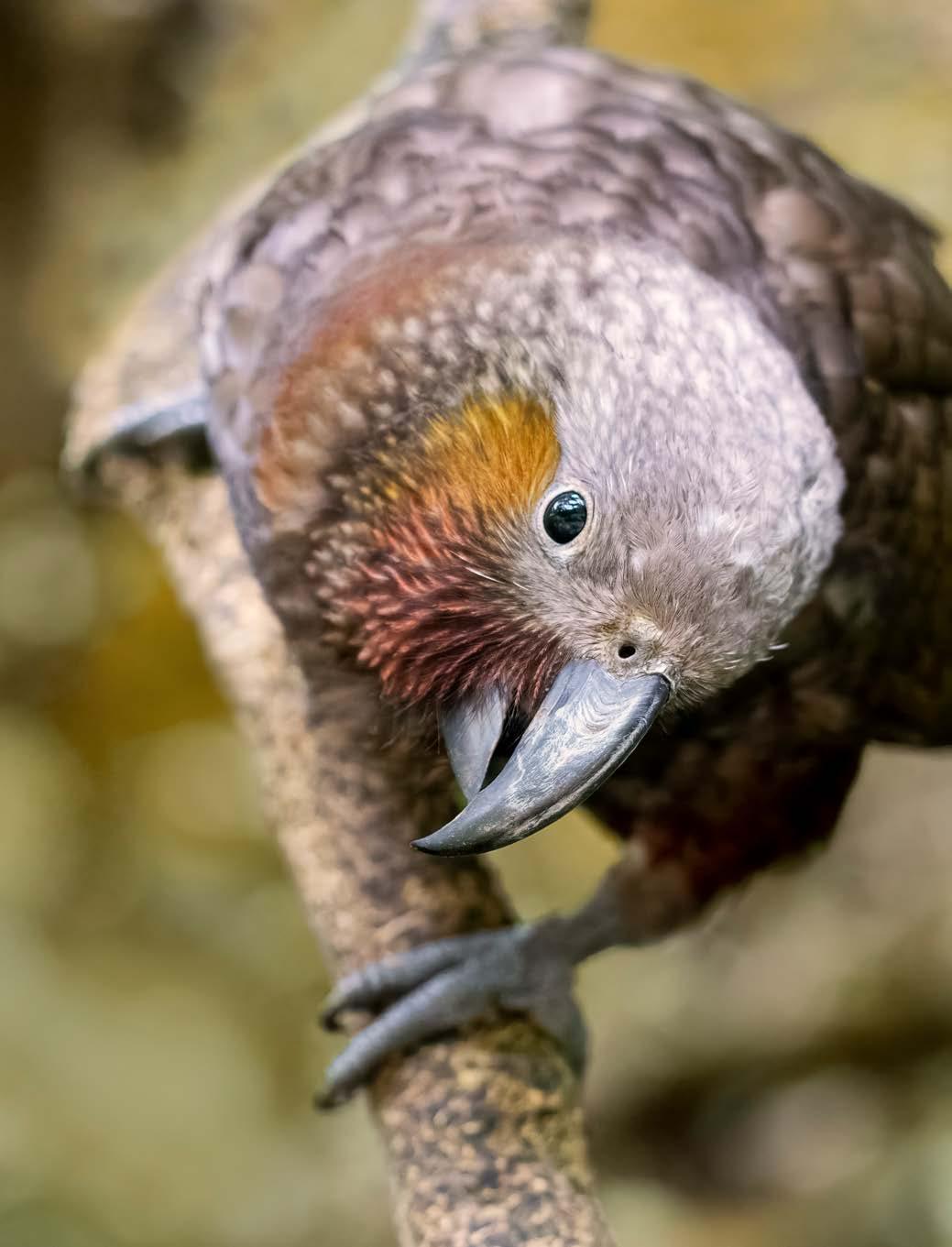
use an embossed chop rather than a signature, print using a rectangular format in standard sizes, and use Ilford pearl photo paper as our core line. In contrast, most of my fine-art prints are in a square format, printed on archival matte fine-art paper, and are hand-signed and editioned.
The entire brand was brought to fruition in around two weeks, including photo selection, editing, printing, and packaging, along with branding, graphics, website, and social media. It was a huge amount of work but huge fun too! I do my own fine-art printing up to A2 size, and was delighted to see how easy it was to print with photo paper rather than with delicate fine art paper, saving both time and paper wastage.
After all that work, it was so rewarding to see the reaction when we went live on the shopping website Chooice, recouping our outlay within the first few days.
At Skrark Art, we create iconic images of Aotearoa, emphasizing our incredible wildlife. The photos we include in this project aim to be picture-postcardperfect with clear, well-defined, well-exposed subjects.
In my photo-art, my images range from the photorealistic to the painterly photo-artistic to the photosurrealistic, where through compositing, my birds

end up in more and more improbable situations. Skrark Art images are photo-realistic but are not necessarily pure wildlife photos.
To keep a cohesive look across the range, I apply specific treatments to all the images, particularly in terms of toning. I’ve been delighted to get the feedback that our photos don’t look overly processed. In fact, the only time someone said a bird’s positioning on a branch didn’t look real, it actually was!
We are called “Skrark” Art after the call of our favourite parrot, the kākā, who are not shy about calling attention to themselves (unlike Linton and I who are more like bittern when it comes to approaching the world – we needed a bit of kākā sass!). We deliberately used the term “Art” rather than “Photography” to more accurately represent our approach. Our images may be photo-realistic,
but many are highly manipulated, yet in a way to make them faithful to the experience.
Linton and I are fascinated by all wildlife. To us, an iconic subject could range from the quotidian critters we see every day to the rare and endangered. People are attracted to the creatures they have experienced and love, so birds like the tūī and pīwakawaka are the most popular in the range.
We aim not to overwhelm with many subtle variations of the same subject from the same photoshoot, which I see in some other photographers’ ranges. We’re not creating a photo library; instead, we have unique images. We want to encapsulate people’s beloved experiences and memories: a spring-time tūī in kōwhai or a summertime tūī in pōhutukaka, for instance, or a close encounter with a kiwi pukupuku on a night tour.



Aside from doing no harm in creating the image, we believe it’s important to give back to the organisations that help make it possible to experience these amazing creatures. Our customers also want to give back to wildlife when buying wildlife art. So each of our prints supports a wildlife organisation with a 10% donation, including Zealandia Te Māra a Tāne, Forest & Bird, Birds New Zealand/Te Kāhui Mātai Manu o Aotearoa, Moths & Butterflies of NZ Trust, and the Rare Breeds Conservation Society of NZ. We are also especially delighted to join the Excio photo library, because Excio also gives a 10% donation to a worthy charity, thereby doubling our impact.
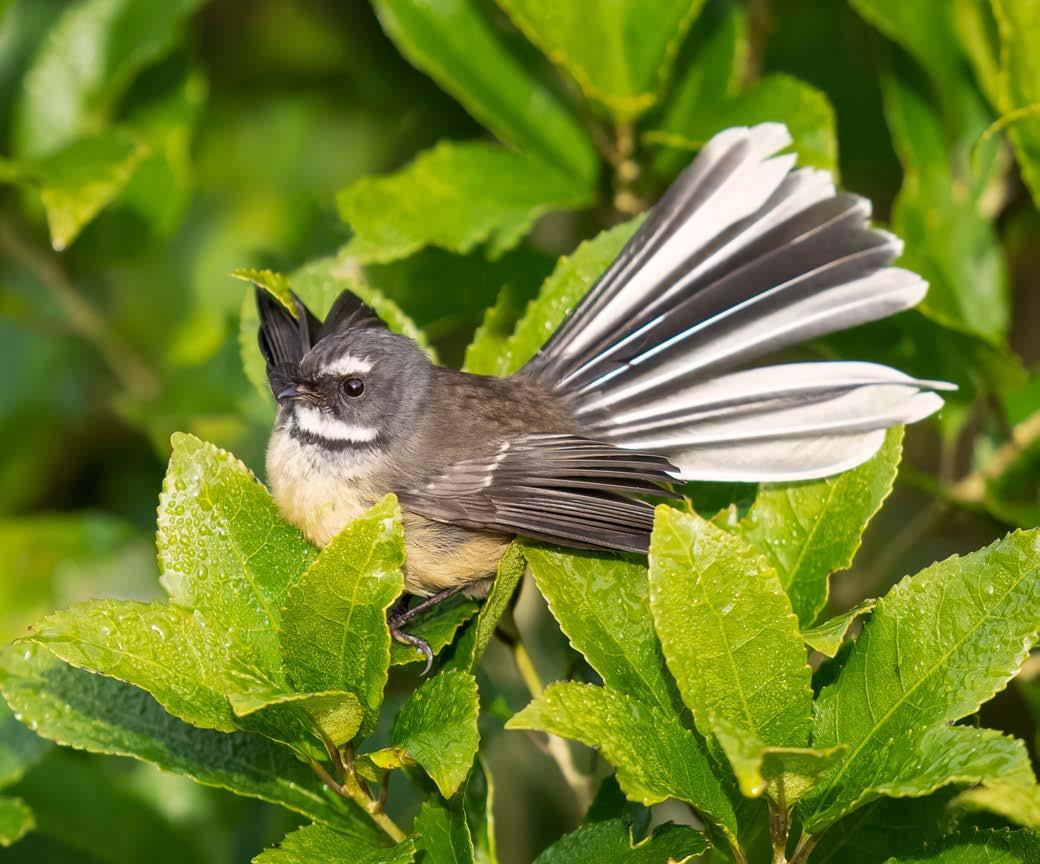
Currently, Skrark Art photographic prints are available online at skrark.com and on the shopping website Chooice at chooice.co.nz/ store/skrark, as well as galleries and gift shops throughout Aotearoa.
Digital downloads are available through the Excio Photo Library excio.io/photos/search/skrark, but at a lower resolution than our photographic prints.
Because these are open editions, we can – and do – provide them on other media including canvas, metal, fine-art paper, or on any other printable substrate in a variety of sizes.
to expand the range of subjects
are beyond-keen to travel around the country once the pandemic eases up and it’s safer to do so. From kōtuku to kahu, rowi to riroriro, we want to meet – and photograph – all our birds! As well as all the fungi, flowers, fruits, and forests around them – there are more than enough subjects for a lifetime.
offer

 by Tushar Sharma
by Tushar Sharma
A nature photographer, teacher, and father, Tushar cares deeply about nature and believes that having love for our natural environment and a connection with it improves our mental wellbeing, fosters sustainable living, encourages kaitiakitanga, and ultimately brings joy to our lives. He founded IMAgEN8, a charity aimed at
9-18-year-old students which fosters sustainable connections with New Zealand’s natural environment through education, photography, and technology, in 2018 as a way of applying his skills and energy towards doing something good for the world.
I grew up in Jaipur India, a town where water was scarce and greenery a delight, where one had to leave the city to experience the great outdoors. I then went to college in Delhi, a highly polluted and crowded city. Getting a break from this city meant taking a one-day bus ride into the Himalayas.
I emigrated to the USA in 1997 and worked for 17+ years primarily in Seattle, a haven for outdoor enthusiasts with mountains, forests, rivers, and the ocean surrounding the highly developed city. Nature was still a drive away and I realised that most of us living in big cities spend a vast majority of our time indoors. This is true for our children as well who are growing up in a world that’s going
through rapid technological and social changes. Big cities from Seattle to Auckland (where I now live) are densely populated and operate at a fast pace of life. Spending time in nature can be easily overlooked in the busyness of life, and can be a privilege for some families struggling to make ends meet.
That’s where IMAgEN8 comes in. Our mission is to connect students with nature through photography. Our programs give students the opportunity to spend time outdoors exploring and experimenting with mindful nature photography. They learn digital photography skills, expand their creative writing, and enhance their ability to see the wonders of the natural world all around them.


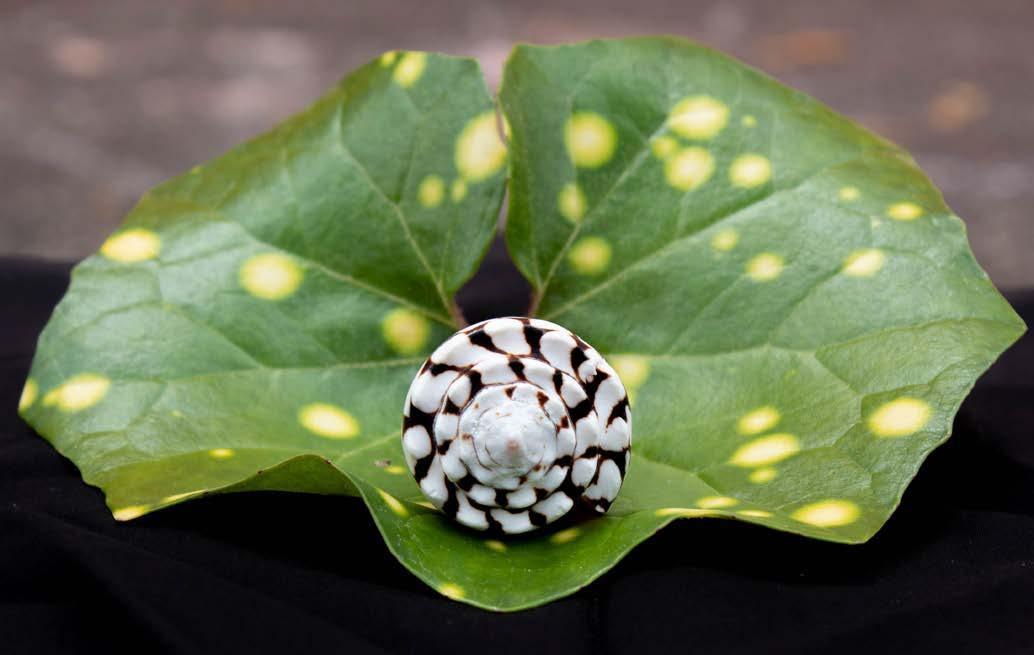
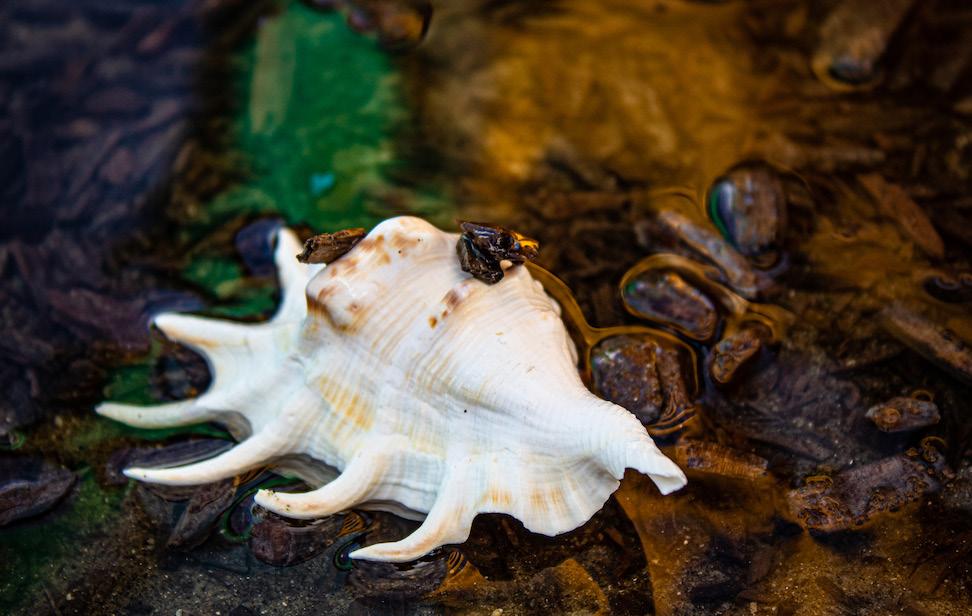
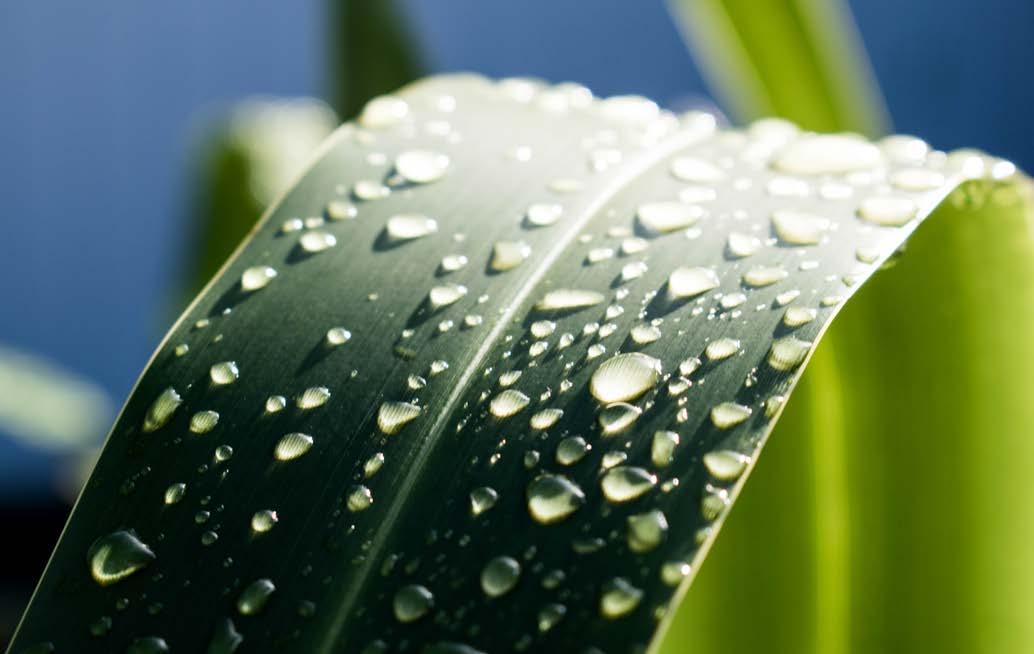

The kids love seeing their photographs printed, enjoy writing captions, and are thrilled when they see their work published in our magazines and books - We regularly publish nature magazines for our students and created an e-book called Little Eyes, Big Perspectives, to further appreciate their contributions last year. You may remember seeing some of our students’ work in Excio Journal
Volume I Issue 4 (pg 30 onwards) - The students and their teachers were very proud to see their work published in an international magazine.
The creativity demonstrated by students who have participated in our programs has been outstanding; it gives us teachers so much joy and the impetus to propel this purpose. Children’s minds are fresh and they are highly imaginative by nature. Our role is to give them the tools and know-how to put their creativity to use. We are looking for more photographers who love doing exactly that!
Our educators love working with children and get immense joy from seeing the work that emerges. If you love nature photography and would like to pass your skills and knowledge on to the next generation, please get in touch with us. We are running four programs at the moment (School workshops, Nature reserve workshops, Borrow a camera Tell a story, and Bush walk workshops); but are always open to new ideas!
Help us continue to nurture talent and a love for nature in the next generation.
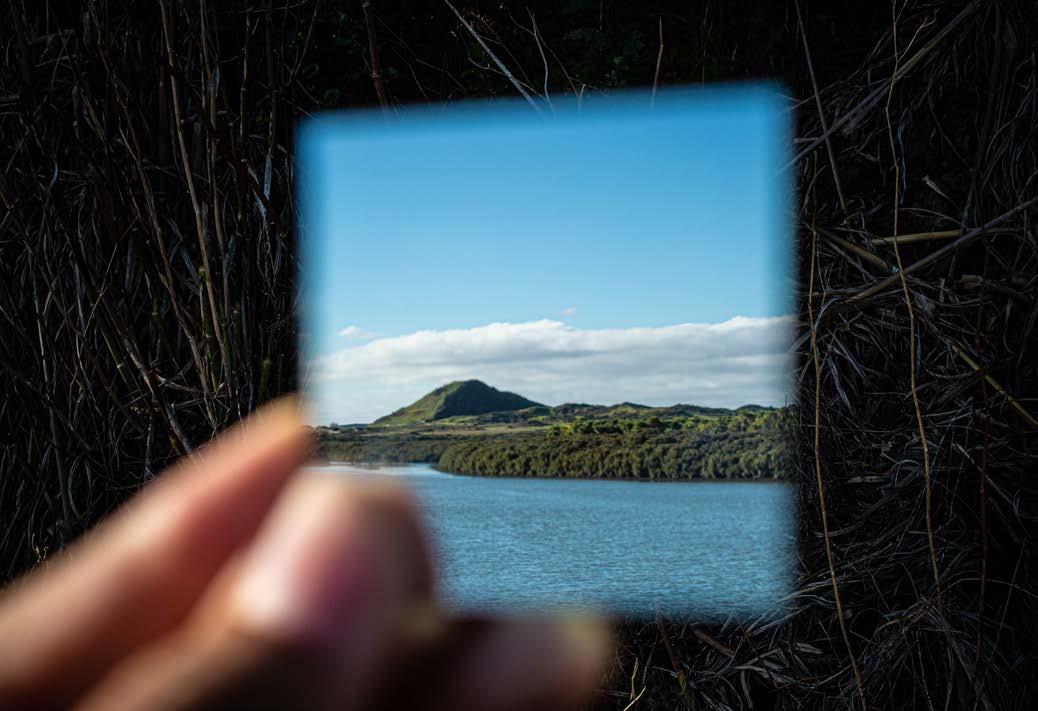
Nature brings us wellbeing.

I think landscape photography came about from my habit of heading out to various locations around the area I lived to sort of unwind and recharge a bit. I always feel re-energised from some quiet time surrounded by nature and taking a camera with me seemed to lead naturally into landscape photography.
I used to live in a fairly large (by NZ standards) city in Canada of over a million people and, coming from a smaller New Zealand town, I often felt the need to be away from the city and people, so early morning drives for hikes in the mountains became my normal weekend event. I loved the peaceful beauty of it all, so trying to capture some of that feeling became a sort of challenge for me.
My goal has always been to take away an image that can reconnect me with those moments, the stillness when the haunting call of a Loon echoes across a lake or the awe I felt when a Moose stepped out of the trees and cast a wary eye in my direction.
I’m not entirely sure I have a background in photography. My parents both had an interest in photography when I was very young and I have a memory of my father showing me a long exposure photo he took back in the 80’s with sparklers on Guy Fawkes night which stuck in my mind. I was given a very basic camera that took 110 style film cartridges when I was about five years old and I loved it. However, I don’t recall ever getting anything other than close up pictures of my fingers back when I managed to get the film developed. So that was probably the end of that until I purchased a basic Nikon D40 DSLR in England back in the early 2000’s and very slowly started learning how to use it.
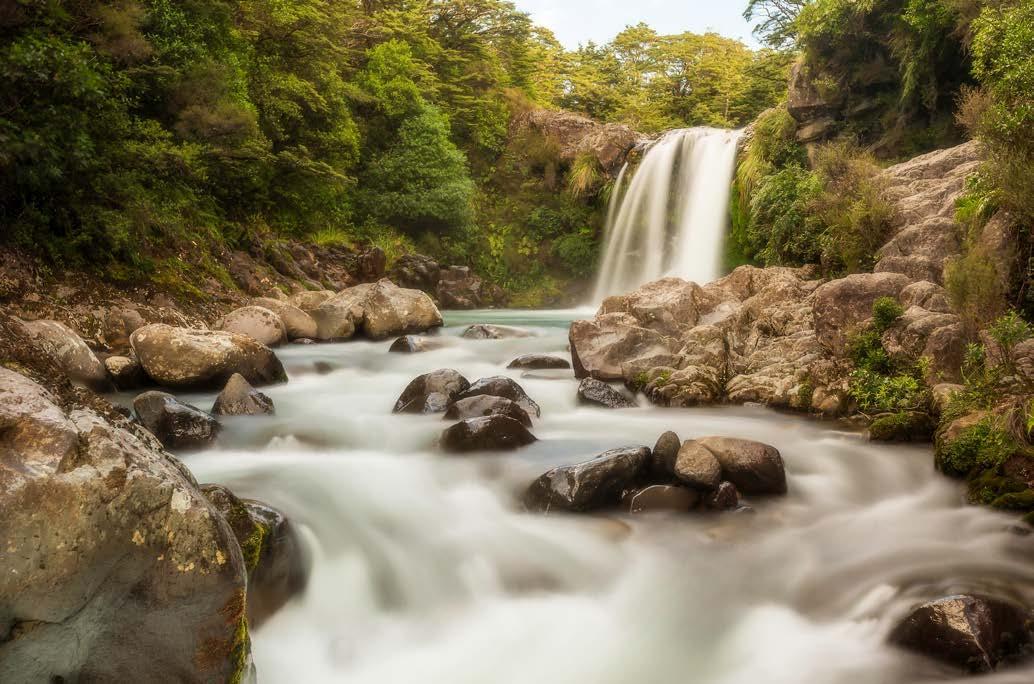
In terms of what I love photographing the most, the list toppers would have to be landscapes and wildlife. I do take a lot of sporting events and motorsports photos and I do photograph the odd wedding as a favour to people I know, but for myself, I always stick to my favourites. I do love a nice long exposure of waves breaking over rocks at the beach, but that is one I haven’t quite nailed yet. I also have a bit of thing for a nice abandoned rural building.
I don’t think I could define my work, other than “trial and error”. I do spend a lot of time thinking about images I would like to take, working them out in my mind. And I do try to take landscape images that are out of the norm, something other than the everyday Instagram photo, but I have been known to fall into the Instagram trap on occasion.
I love the idea of using a telephoto lens for landscape photography and find that it can bring out smaller details or patterns of a landscape image that would otherwise be lost, which gives me the opportunity to put my own spin on a location that might have been seen a million times before.
I’ll often visit the location ahead of time if I’m not familiar with the area, that way I can take a look for locations in the daylight, think out my composition and generally take a look around. I do tend to take my photos in the 30 minutes before and 30 minutes after sunrise, so visiting the location prior to shooting does help when stumbling around in the dark holding an expensive camera and lens.
My standard practice is to have my composition already figured out in my mind when I get to the spot on the day. I set up my camera and wait for that magical scene I already have in my mind’s eye
to materialise while I fantasise about the amazing photo I’m about to get... Then, I start to second guess myself and run around like mad trying to find a better photo before the sky starts to come to life and I blow the chance.
I usually come away with an hours’ worth of slightly different photos of the same subject with slightly different light in each. I leave all my camera gear in the bag with the memory card for a day out of fear that I did in fact blow my chance!
I often wait a day after the initial viewing of my RAW images before I decide on the ones I want to keep; I find that a day usually helps me see a little more clearly and be less critical of my work.
I do often get a few strange looks from people when taking landscape pictures through a 500mm lens, and that does require a decently strong tripod,
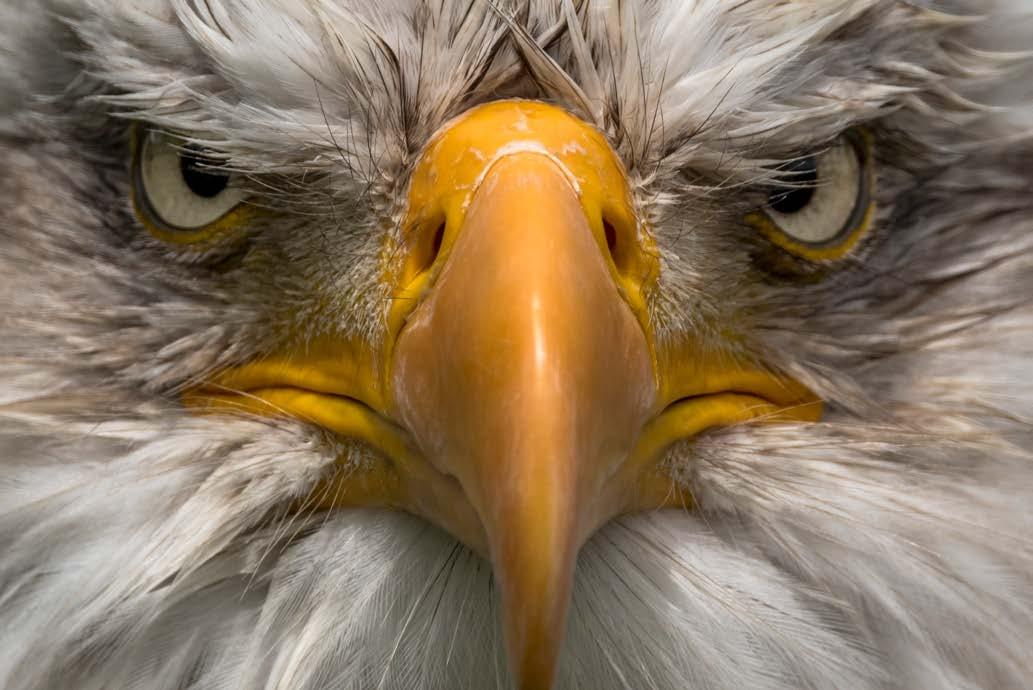
often with a camera bag hanging from it to steady it against movement or wind. When using wider-angle lenses, I still use polarizing filters or 100x150 filters in front of the lens, ND or graduated depending on the situation, and a remote trigger usually.
In post processing I keep it pretty simple, dial back over exposed parts, bring up some shadows, and correct for lens distortion. Depending on the composition I will sometimes use some focus stacking if I can’t get my foreground interest in sharp focus.
Don’t fall into the trap of thinking more expensive equipment takes better photos, that’s the same idea as buying an expensive oven and thinking it will make you a better chef. There are a lot of people out there taking amazing photos with cheaper cameras, and the opposite is also true for people with expensive cameras.
However, if there is a specific kind of image you are going for, an investment in a good lens and a quality tripod can be helpful. Learn your equipment, find out what the sharpest aperture is on your lens, and where you can maximise your depth of field.
Learn the rules of composition and the exposure triangle. Make sure you look at work from other photographers and when you see an image you like, try to think about why you like it and what elements make it a good image.
Lastly, when post-processing, take it easy on the sharpness and saturation sliders, sometimes less is more.
Taking landscape photos is tedious, you might not get the light you want the first, second or even third time you try. While I was living in Canada, I had to give myself an internal pep talk to get myself out of


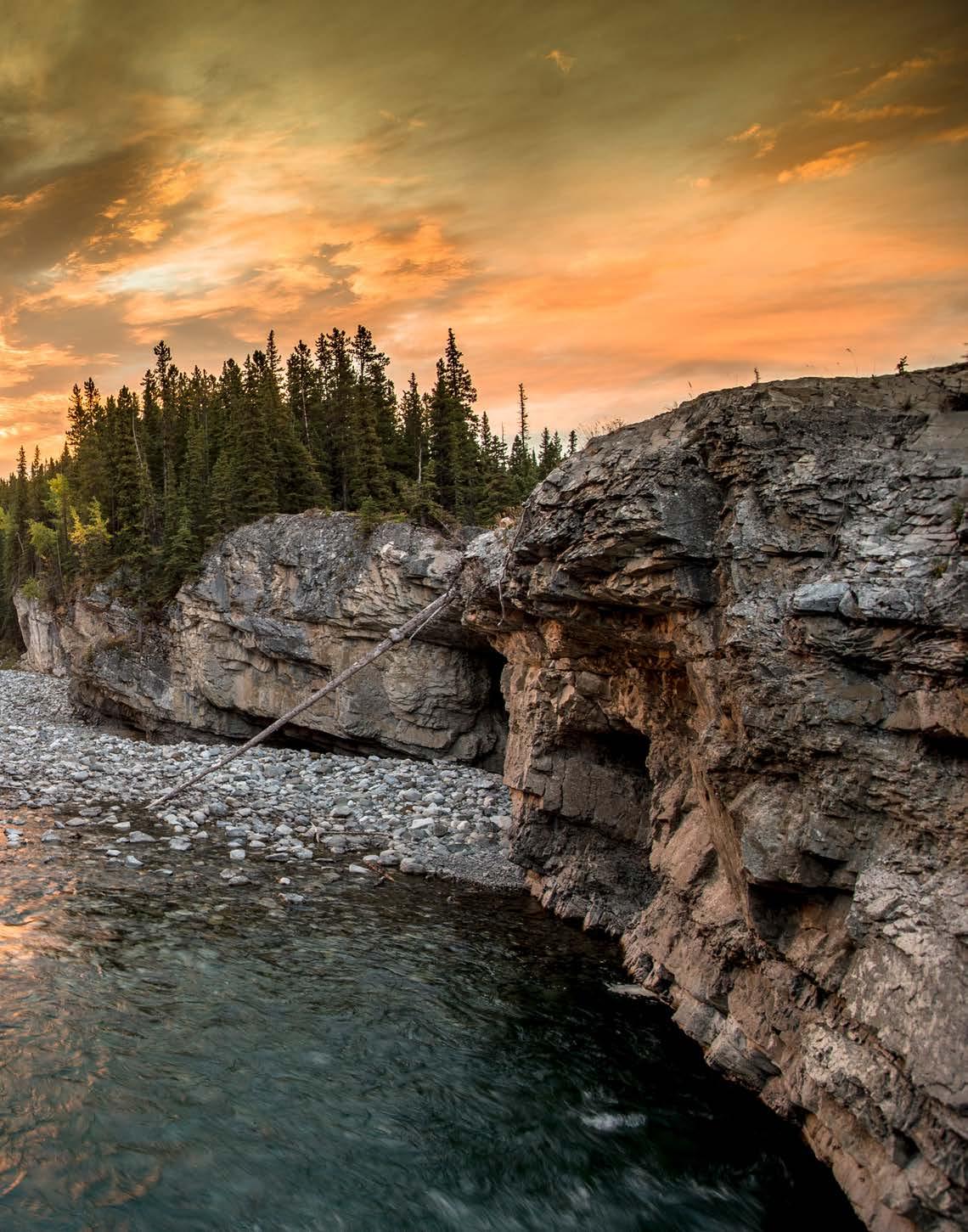
my warm bed at 3am to drive an hour and a half in the snow to take a photo, especially if you’ve failed in that same location twice before. It is hard work, and a lot of people won’t understand what it takes to come away with a half decent image. “ Oh, all you do is go and push a button on your camera, it’s not that hard”. Comments like that can be very demoralising, even if you are just doing it for yourself. It can make you think twice about showing anyone your images.
After reading many books, and watching a lot of videos on the topic of composition, I have come to the conclusion that I’m not sure what makes a good landscape photo, and it would seem that everyone who feels they have the authority to educate others on this topic all have differing ideas on the subject!
What I personally believe is, if you can print a photo, hang it on your wall and after years you can still come back to it and just get lost in the image, you might be on to a winner. That can be a bit of a slow process though.
Some universal truths do apply to making a good landscape image though. In a world where everyone has a camera in their pocket most of the day, taking an everyday scene and showing it in a different way is a safe bet. Getting a good light is usually important, level horizons, balance and foreground interest go a long way too.
Most of my favourite photos either came out of years of planning and waiting, but others are just random accidents.
This image of Moraine Lake took a bit of planning. Every winter the road to the lake becomes buried in snow and is closed for the winter. If you can get a cold snap early in the winter before the road closes, the lake freezes over and isn’t yet covered with snow.
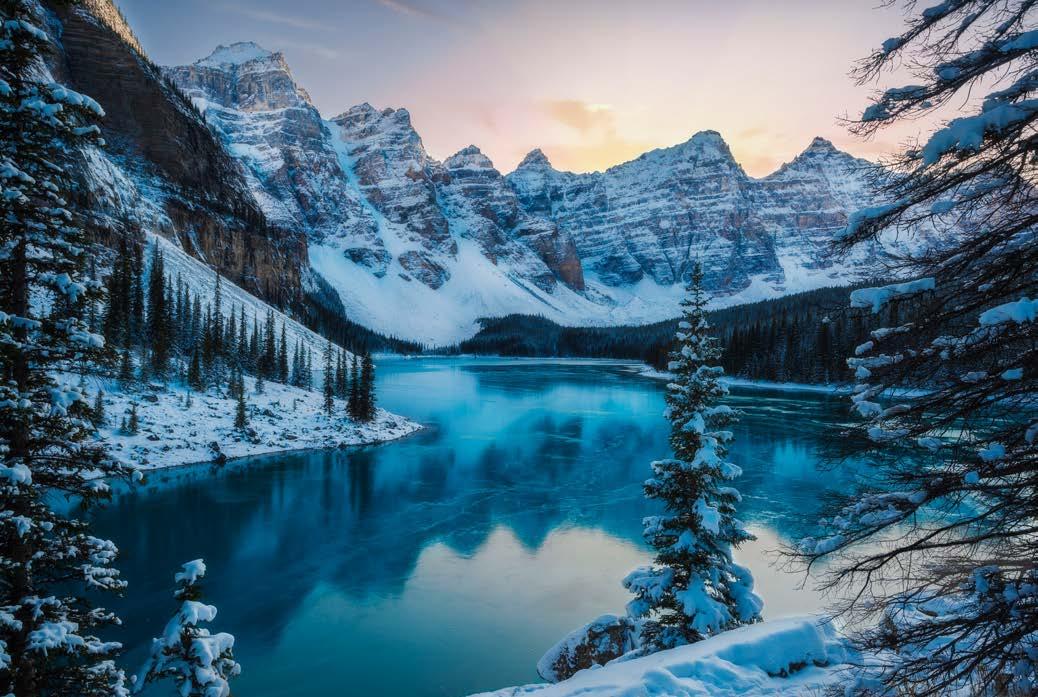
The ice bubbles in this lake came about after a couple of years of waiting. A lake in the Baff National Park was created by flooding a town to create a hydroelectric power station in 1941. If you get the conditions right, the lake freezes without snow and wind polishes the ice allowing you to see bubbles of methane created by the decay in the bottom of the lake. The bubbles are always rising to the surface, but as the ice freezes it captures them and they stack as the ice grows thicker.
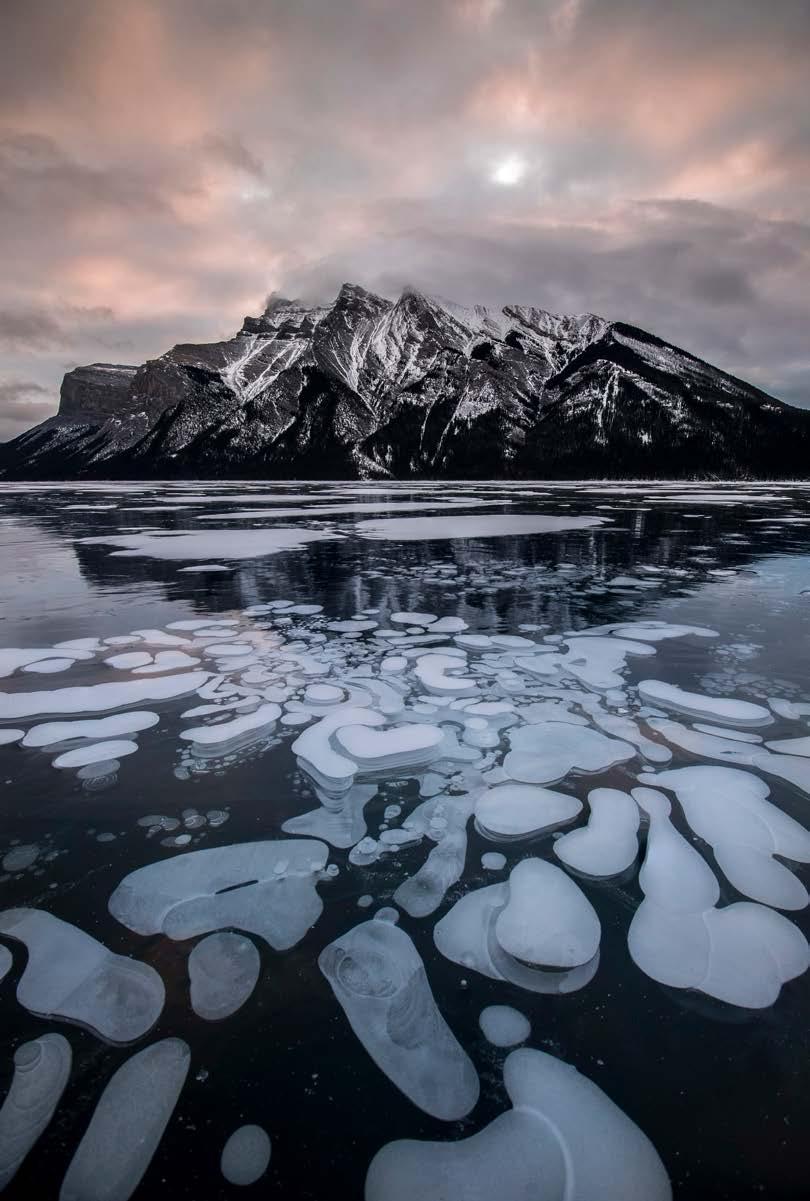
Others, like this old abandoned farm house in the freezing fog were just happy accidents shot from the side of the road while out looking to take photos of Moose early one morning.

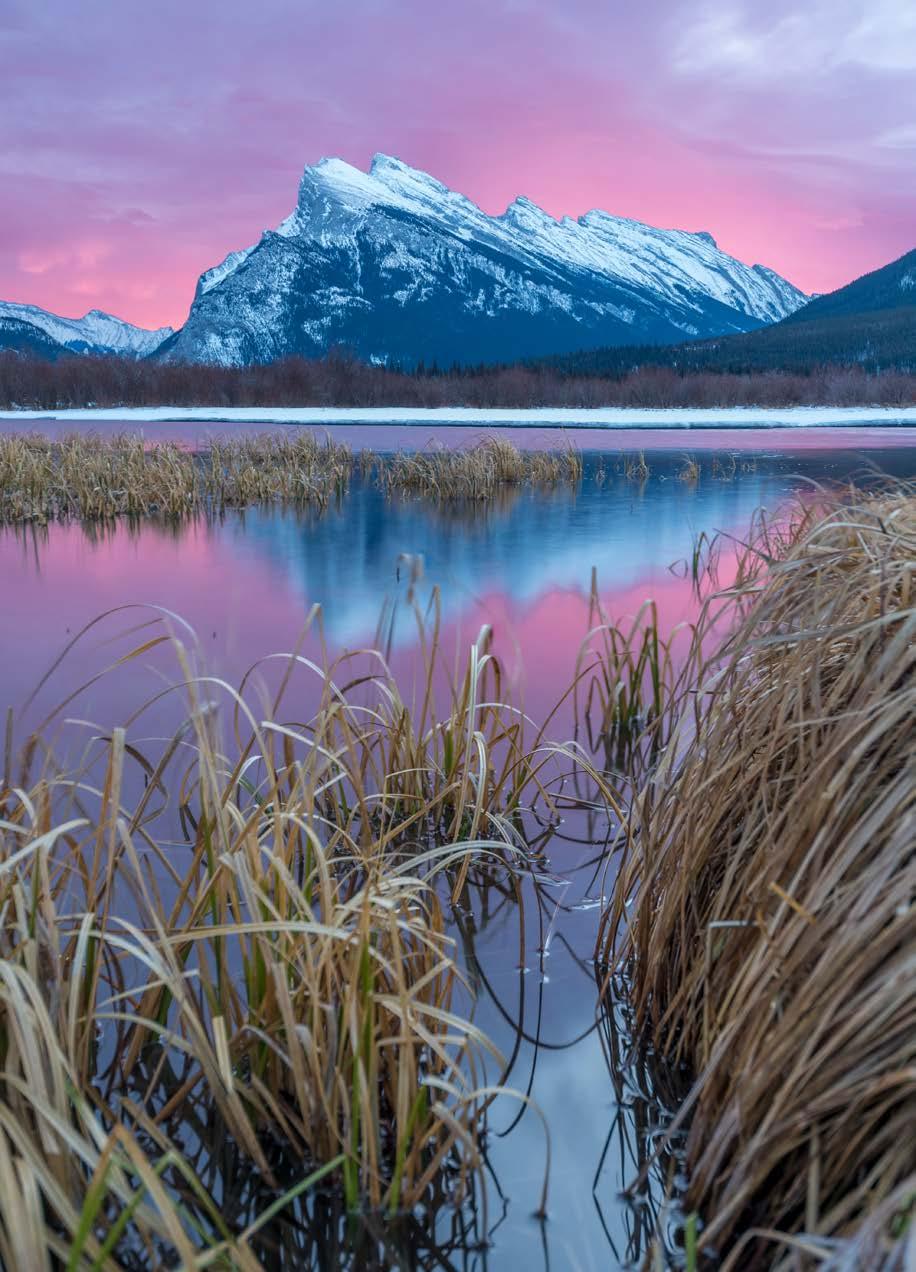 This image of the reflected mountain in the lake was another stop the car, jump out and grab the photo moment.
This image of the reflected mountain in the lake was another stop the car, jump out and grab the photo moment.


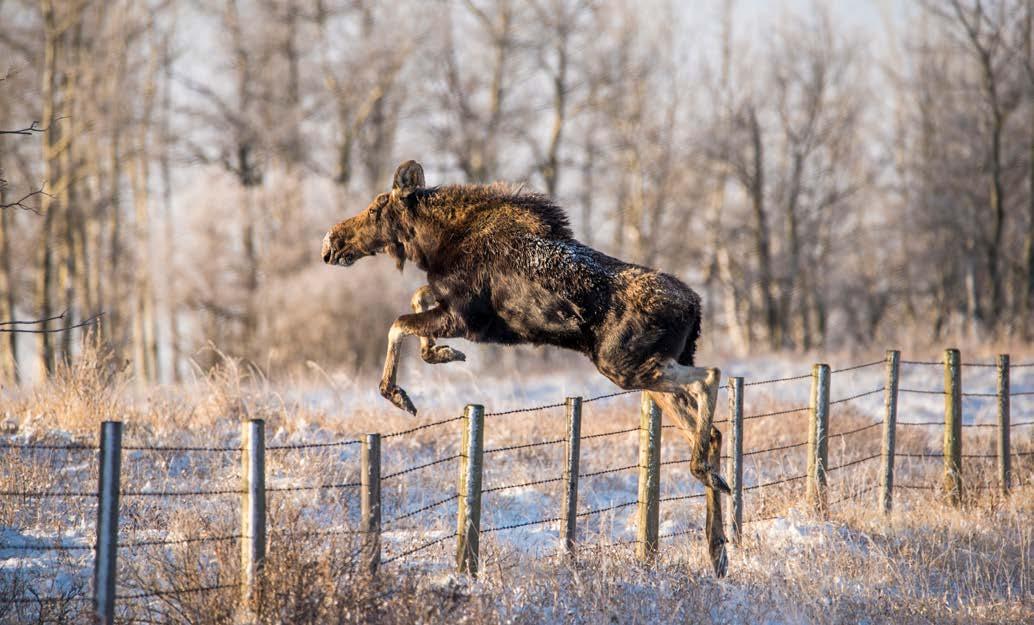
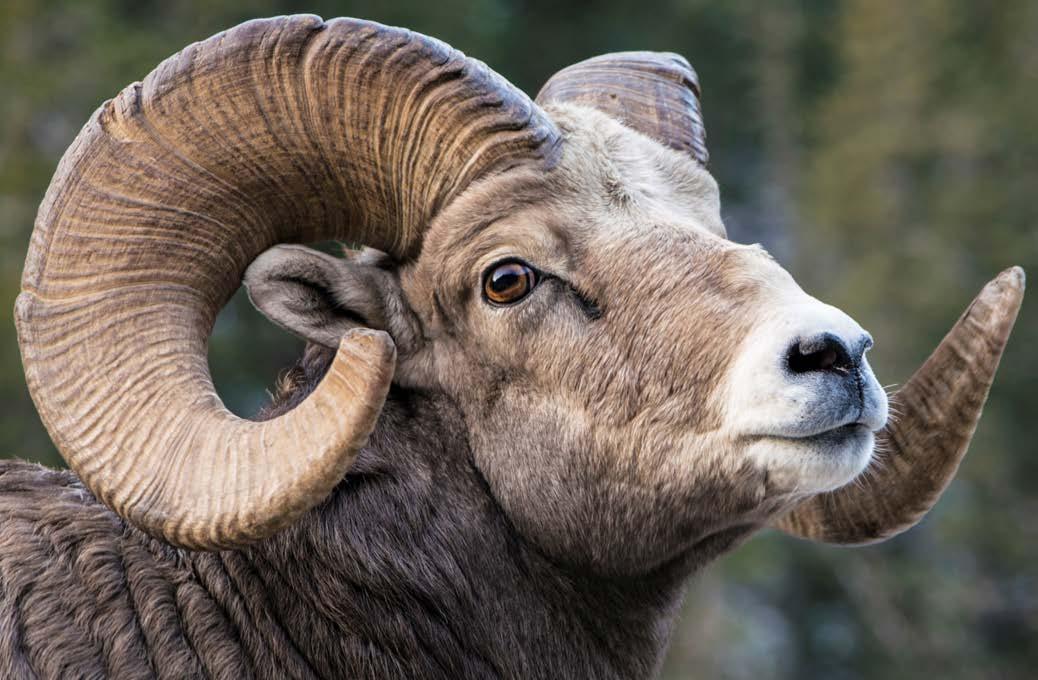
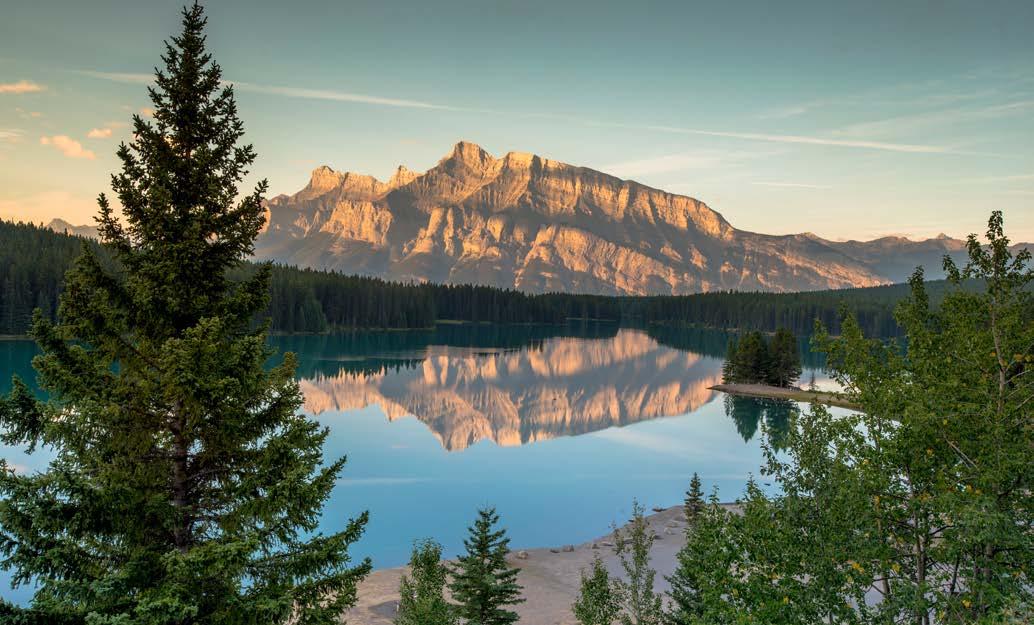
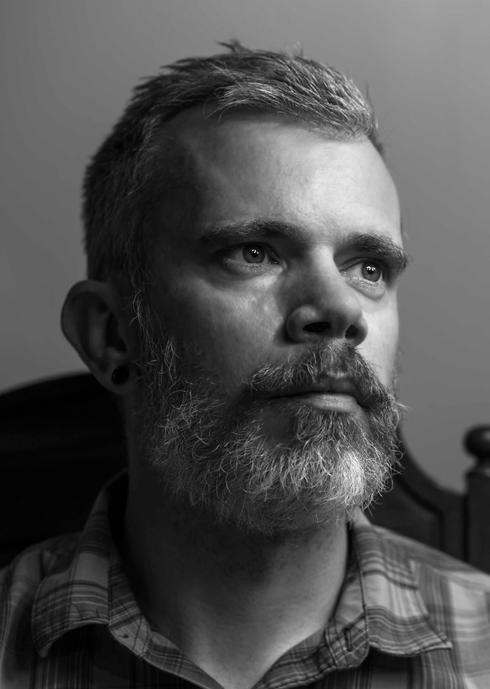
When it comes to my photography and thoughts about my own ability, I find I often myself wavering between cautious optimism and utter despair, but I don’t think I would progress in my skill level if I walked out with my camera, loved every photo I ever took and held them up for the world to see. I get a few photos a year that I really like, and a few others I find passable - I am my own harshest critic. A very small percentage of my photos ever see the light of day, but the feeling when someone likes your work enough to display it in their home is a distinct honour, much like being asked to share my thoughts in this interview.
southernimages.co.nz viewbug.com/member/connull excio.gallery/connull

The first digital token backed by photographs.
TM
You earn PhotoTokens as soon as you upload your images for sale.
You don’t need to wait for your photo to sell for an unknown price.
Each PhotoToken has an initial value of NZ$500.
"The recent development and release of Excio's unique PhotoTokens system have given hope and a huge lung full of fresh air to this industry. The ownership and sale of the PhotoToken assets will give rewarding remunerations to photographers, whilst still offering a competitive deal for image buyers. It is great to be part of a community-based platform where all contributors are allies rather than competitors and I'm impressed with the quality and variety of imagery. Also, Excio's commitment to supporting nonprofit charitable organisations is an excellent bonus!"
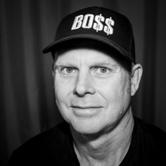

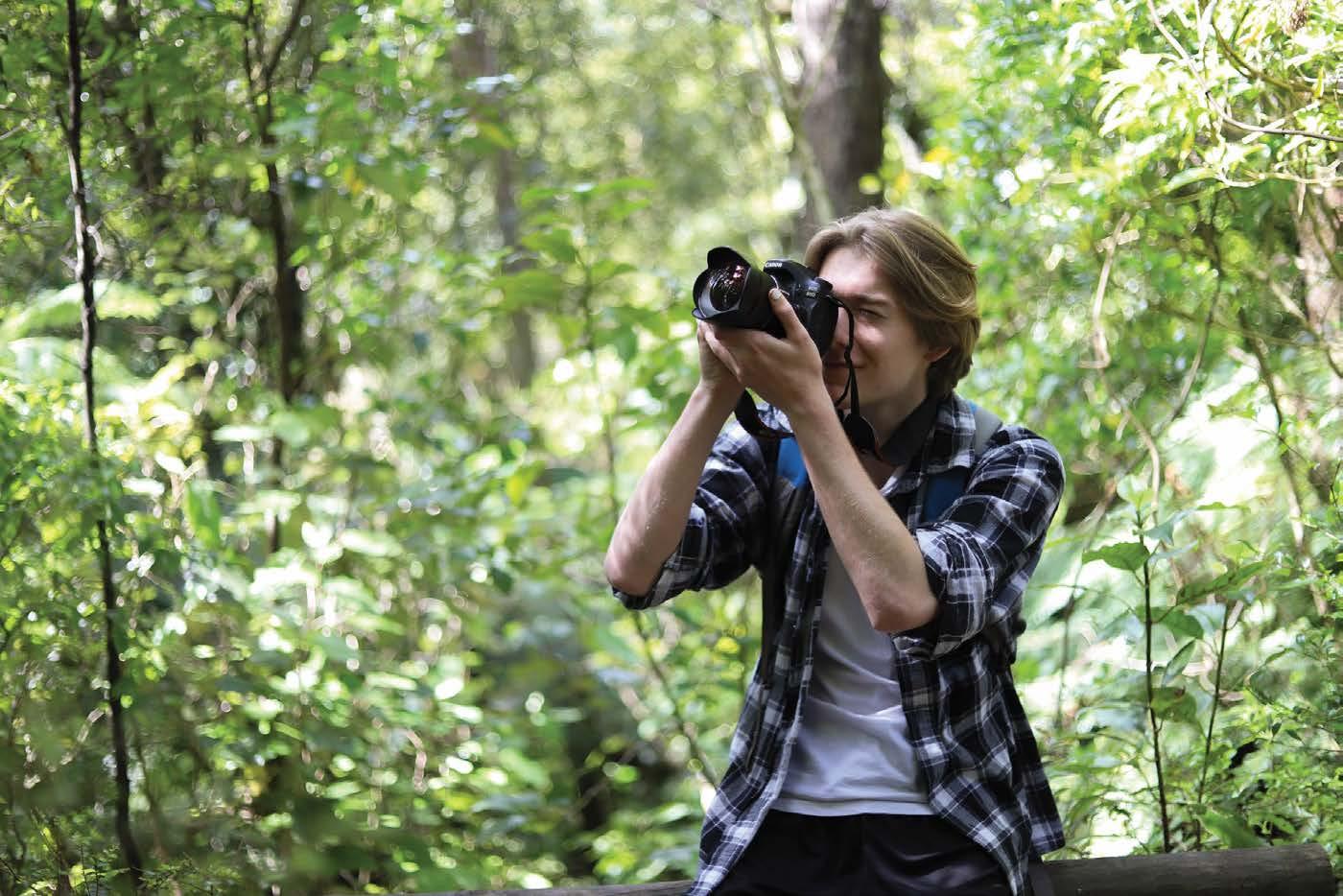 - Damon Marshall
- Damon Marshall
This winter we were warmed by the wonderful entries to our Winter Warmers competition! We had four categories - Orange, Red, Gold and Neutrals and of course it was a very hard choice to select the winner, finalist and highly commended entries in each category. Congratulations to the winners and everyone who made it through! The winner receives a $50 cash prize and a free copy of the journal. The finalist receives a $30 cash prize.
Because I love symmetry I had to create some of these nature mandalas with my Carl Zeiss JB 2/58 vintage lens, mirrored in-post. This one is titled ‘Autumn Arabesque’.
 PHOTO BY HEATHER MAREE OWENS
PHOTO BY HEATHER MAREE OWENS

Highly commended
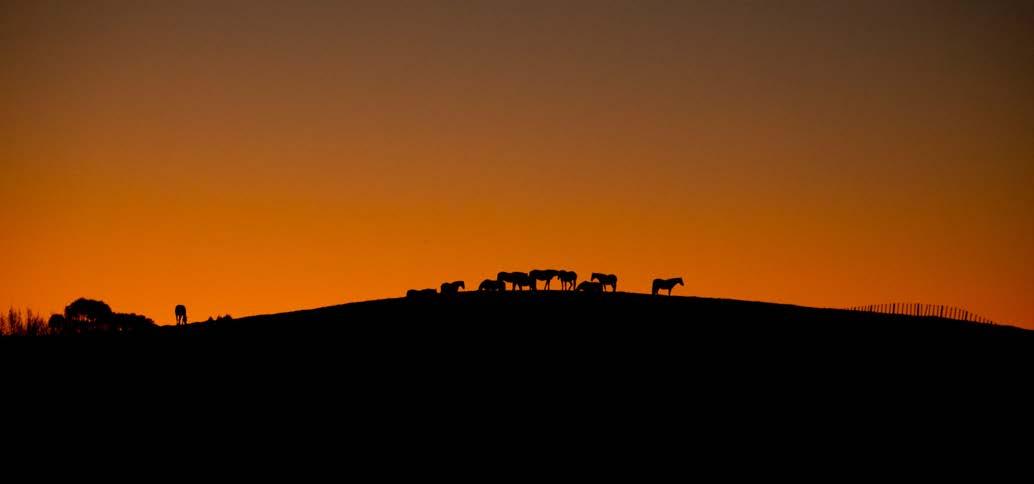 PHOTO BY LORRAINE NEILL
Looking out from our lounge window, beautiful horses silhouette the amazing backdrop sunset.
Orange pore fungi (favolaschia calocera) on dead wood at Pukemokemoke bush reserve. Orange pore fungi are introduced and potentially invasive, displacing native species.
PHOTO BY LORRAINE NEILL
Looking out from our lounge window, beautiful horses silhouette the amazing backdrop sunset.
Orange pore fungi (favolaschia calocera) on dead wood at Pukemokemoke bush reserve. Orange pore fungi are introduced and potentially invasive, displacing native species.
love poppies, once these are planted they re-seed
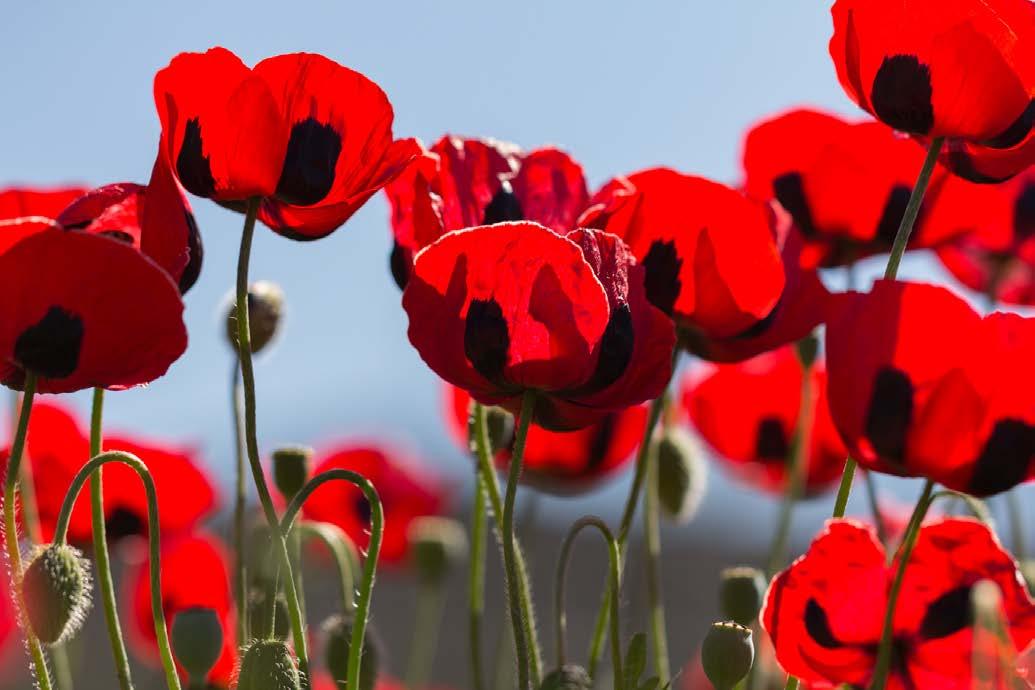
year
veggie garden.
Red shouts out danger. A warning that these particular fungi are poisonous. Also an example of the complimentary colours red and green.
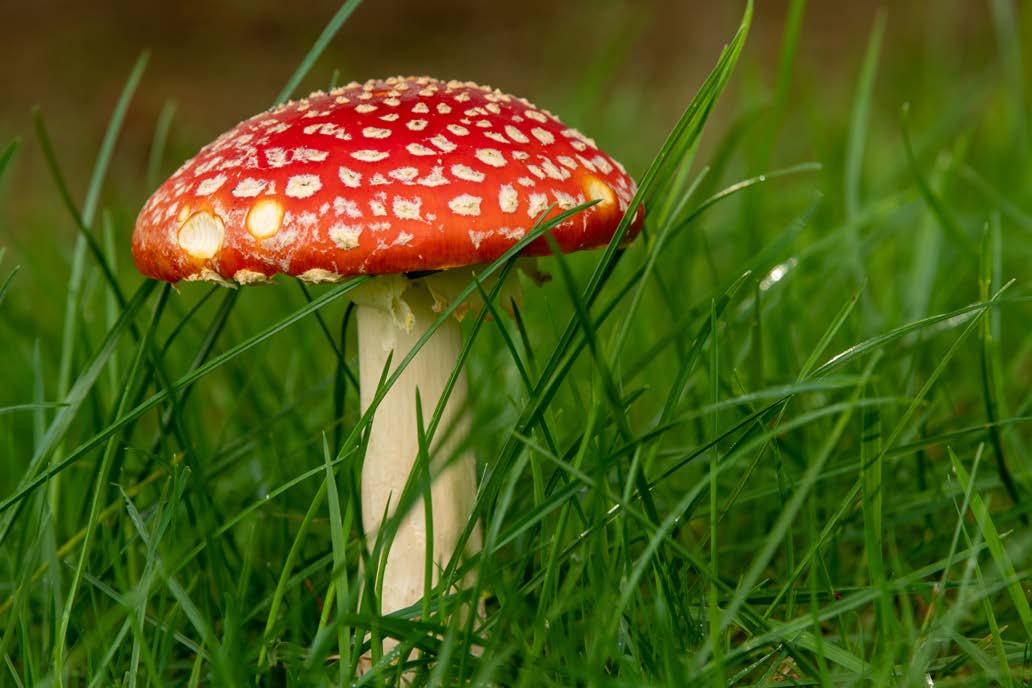 PHOTO BY CAROLE GARSIDE
PHOTO BY CAROLE GARSIDE
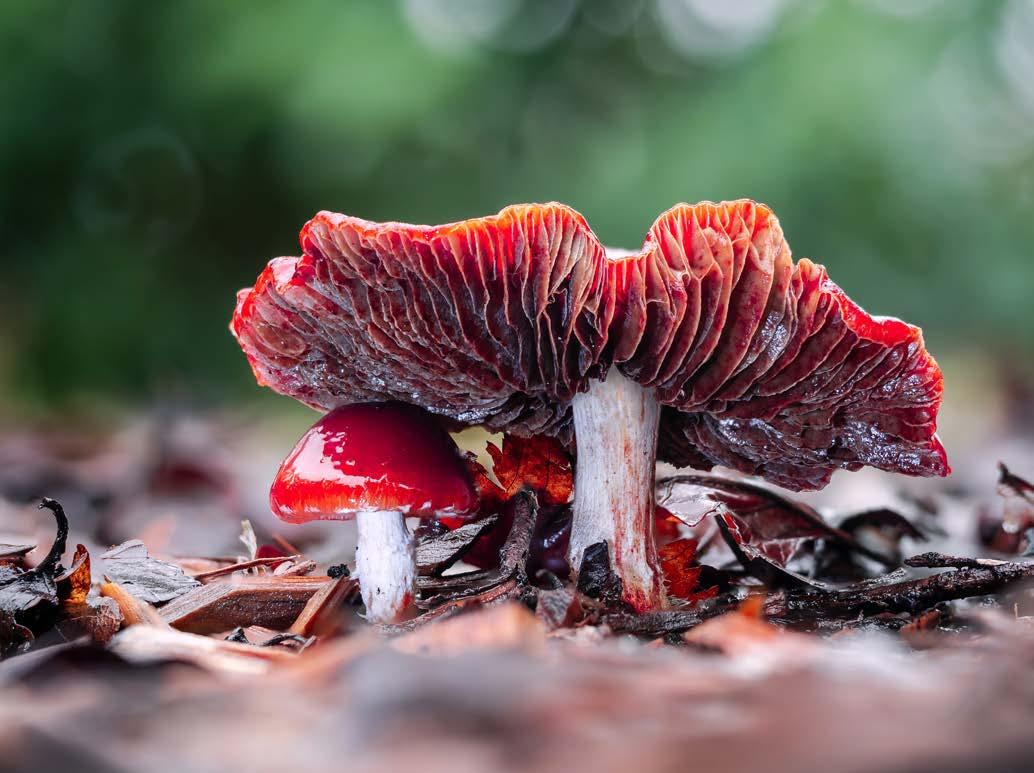 PHOTO BY DAMON MARSHALL
A baby ‘Redlead Roundhead’ or ‘Chip Cherry’ mushroom snuggles into it’s adult for some welcomed winter warmth!
PHOTO BY DAMON MARSHALL
A baby ‘Redlead Roundhead’ or ‘Chip Cherry’ mushroom snuggles into it’s adult for some welcomed winter warmth!
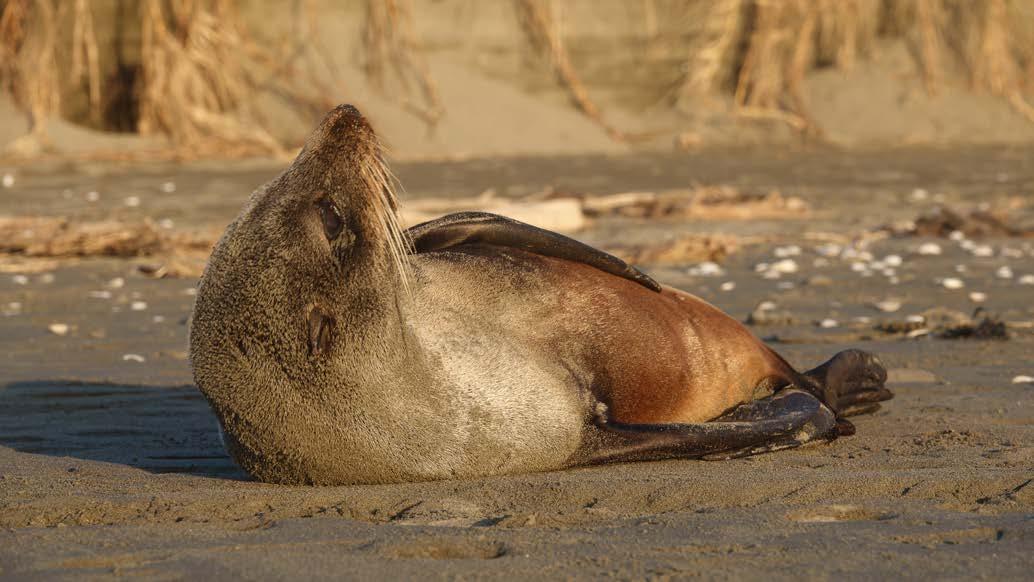 PHOTO BY ROGER SMITH
PHOTO BY ROGER SMITH
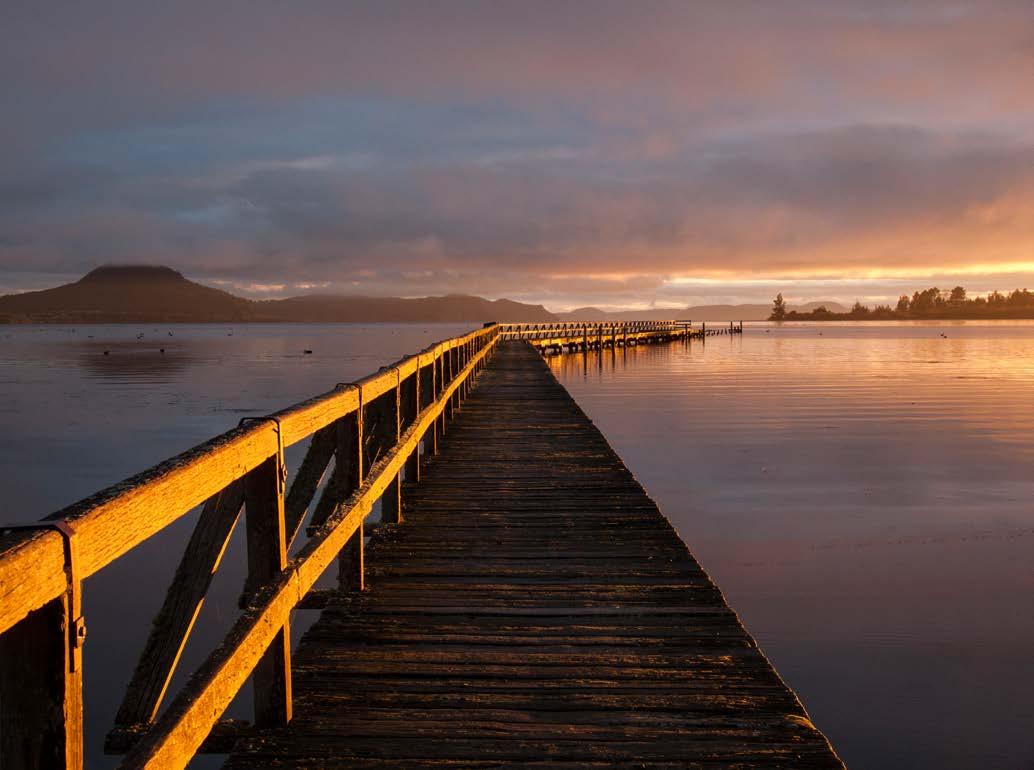 PHOTO BY HEATHER MICKELSON
Early morning adventure to Tokaanu Wharf to watch the sunrise on the edge of Lake Taupo - a pleasant reward!
PHOTO BY HEATHER MICKELSON
Early morning adventure to Tokaanu Wharf to watch the sunrise on the edge of Lake Taupo - a pleasant reward!
This was an unplanned street photograph taken on a walk along an Edinburgh street. The heritage buildings with their neutral colours and the early morning light provided the perfect backdrop and mood for the model and shot.
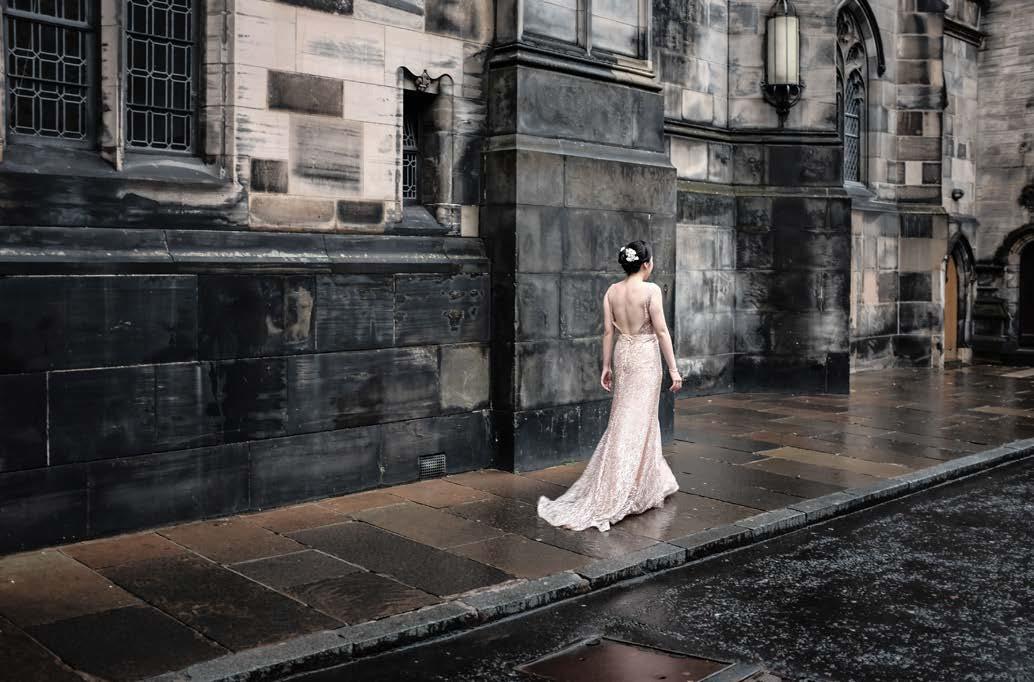 PHOTO BY GAIL ORGIAS
PHOTO BY GAIL ORGIAS
Sometimes we overlook things that are actually quite beautiful because they’re simply not beautiful in the conventional sense of the word. I had noticed the achillea seed heads all along the roadside as we drove to and from Twizel but it wasn’t until the heavy frosts arrived that the wonderfully understated beauty of the form of these seed heads really started to strike me. In this image, you have that simplicity and beauty so apparent as the seed heads attempt to break free of the ice that surrounds them. And if you look closely, you can see the structure of the ice and the ice crystals which are also quite beautiful in their own right. This image might not make me feel warm but it certainly makes me happy.
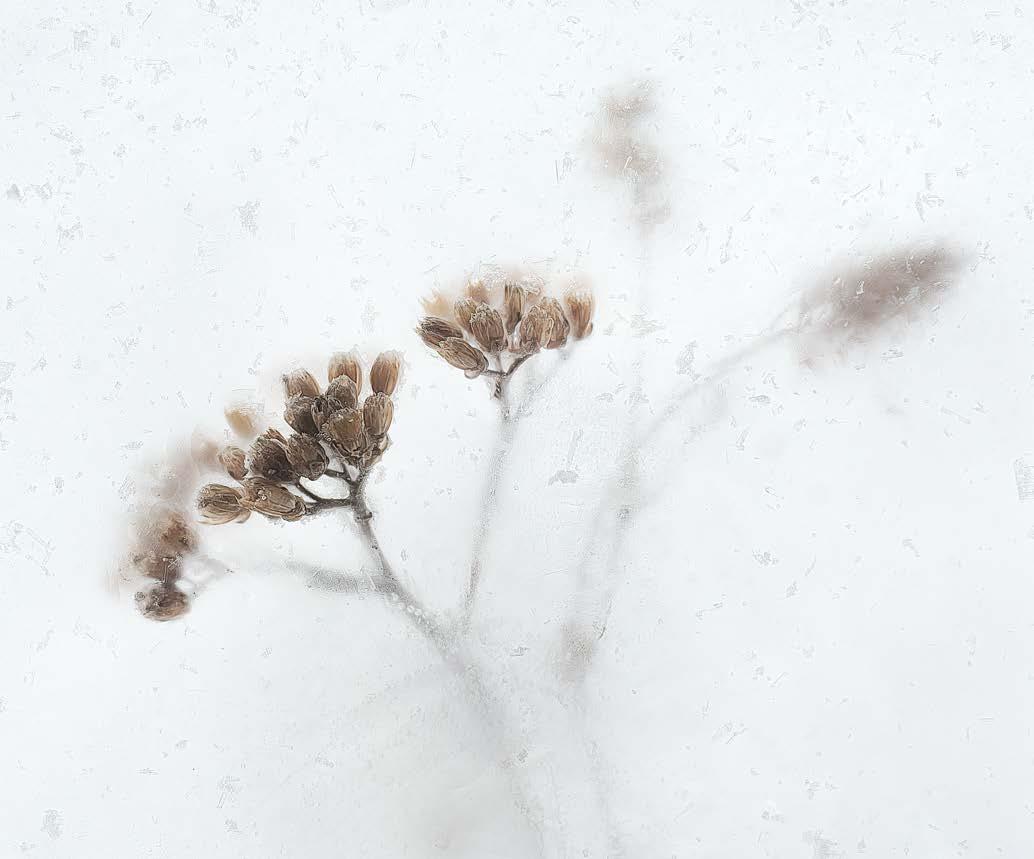 PHOTO BY NOELLE BENNETT
PHOTO BY NOELLE BENNETT
Waikato is well known for its fog. In my area it sometimes hangs around all day. On this particular morning I drove high enough to get above it. Only a tree gives you a focal point. The mist softens the greens of the landscape and the black cows in the foreground to a more neutral colour.
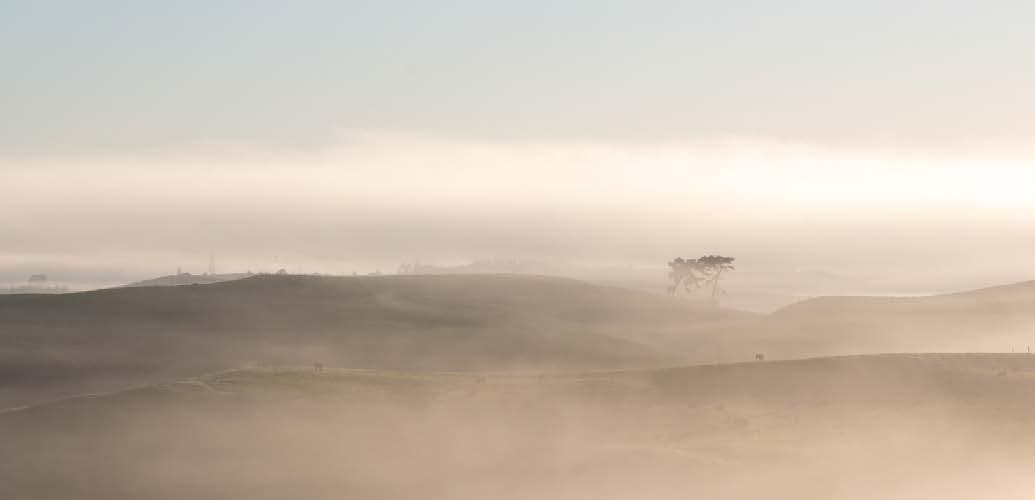
Jewel of the Terraces - Wairakei Boulders found at Wairakei Terraces thermal mystical place where they provide a unique window into how the near-mythical pink and white versions once looked. Here they provide an unforgettably warming experience where you can bathe at the bottom of silica terraces in naturally heated hot pools and/or join the walkway to see more of what has been captured here.
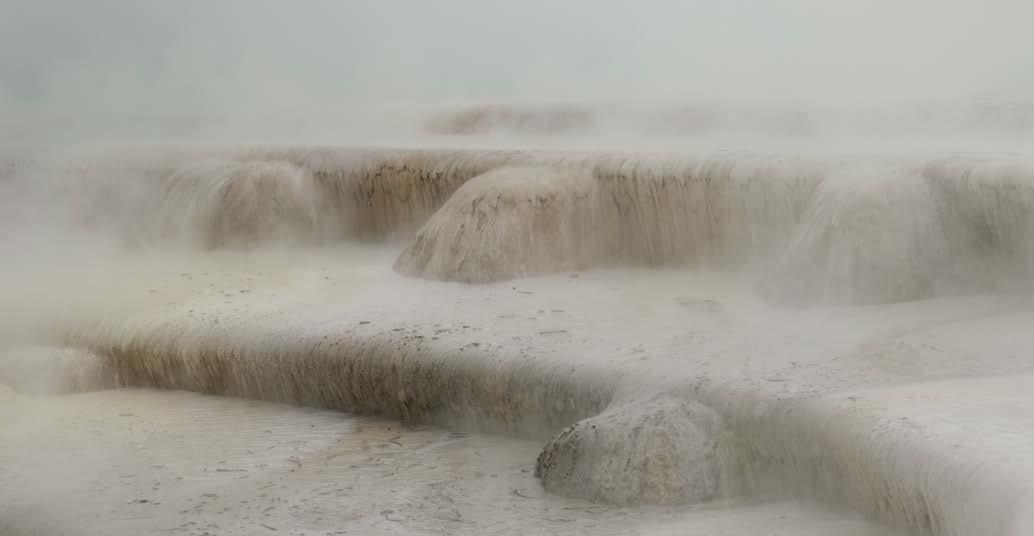 PHOTO BY CAROLE GARSIDE
PHOTO BY HEATHER MICKELSON
PHOTO BY CAROLE GARSIDE
PHOTO BY HEATHER MICKELSON
In August we celebrated Mindfulness Month and participated by doing a full month photography challenge. Based on the topics suggested by the Mental Health Foundation for daily mindfulness practice, we all took photographs that would most closely resemble the topic (or would be most meaningful for us). Despite being in different locations, with the launch of our new Excio Hub it felt like we were all together - sharing photographs,
personal and inspirational stories, and experiences. You can still see all of the photographs and stories in our Mindfulness Month group in the Hub. If you missed this challenge, don’t worry we will organise more in the future and in the meantime, you can continue taking photographs daily based on the mindfulness month topics and share them with other members or simply observe how photography can truly transform your mindfulness experience.
I can make a difference by sharing photos of endangered animals - so beautiful but so at risk with climate change. Hopefully by making people aware we can help our environment.
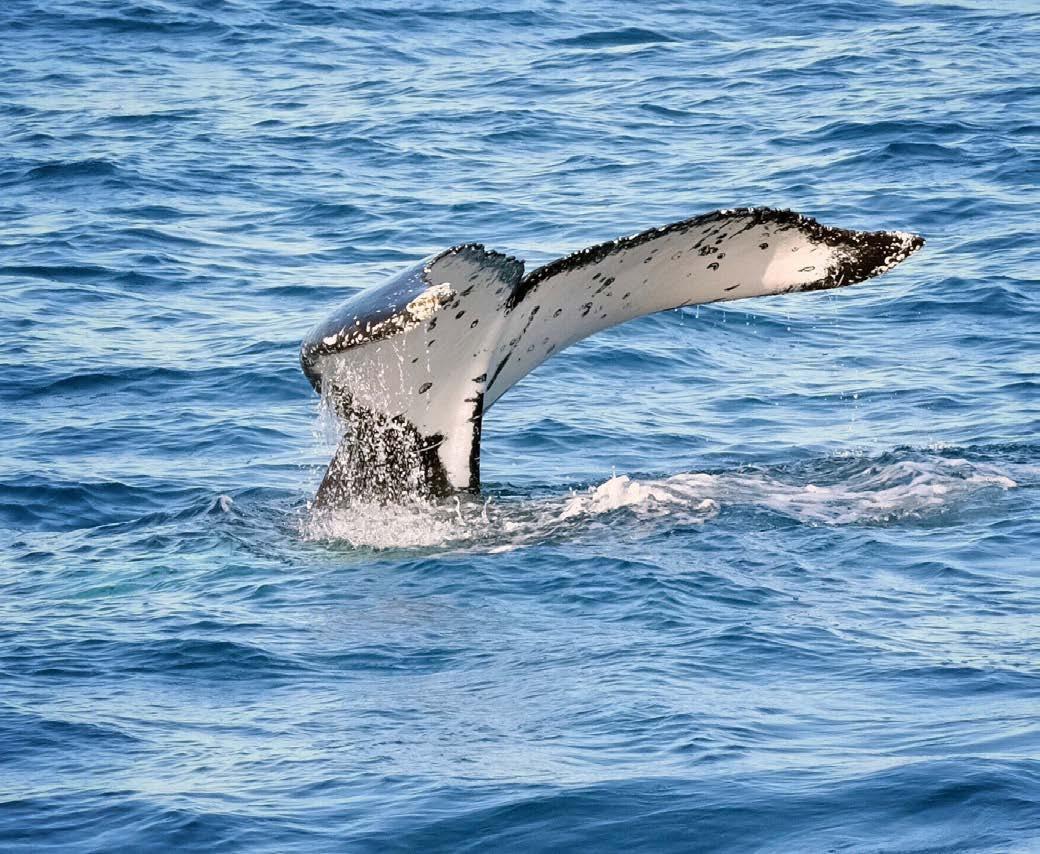 PHOTO BY KATHY SEAWARD
PHOTO BY KATHY SEAWARD
I can make a difference by working hard with the people I am training to make them better than they were when I received them.
I can hear just the sound of my own footsteps.
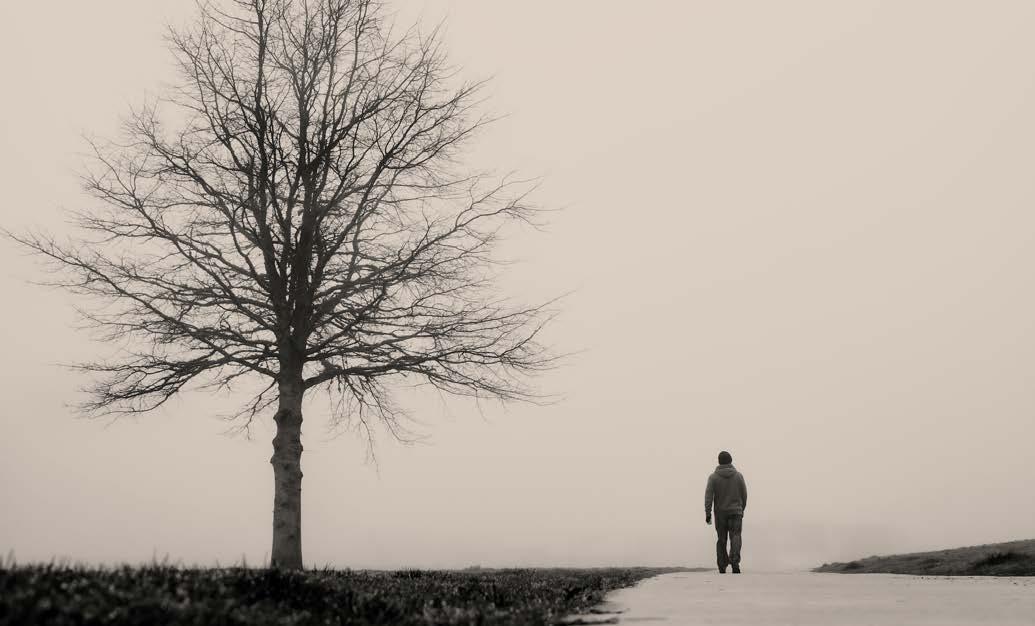
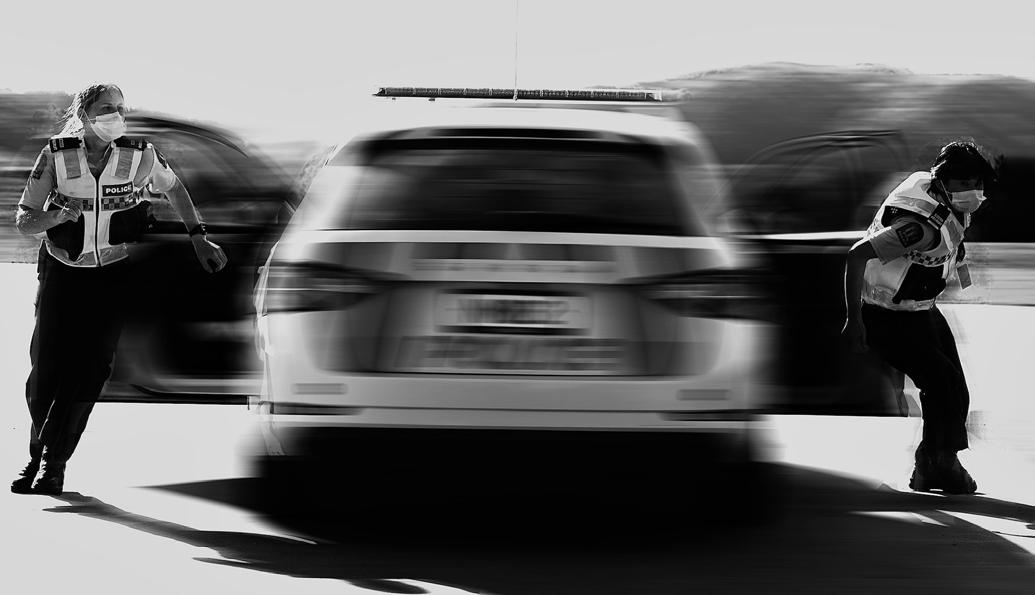 PHOTO BY MARK CHIVERS
PHOTO BY DAMON MARSHALL
PHOTO BY MARK CHIVERS
PHOTO BY DAMON MARSHALL
I can be more mindful by continuing to be aware and be present. This is my favourite cafe, The Long Dog in St Clair, Dunedin. I went there this morning before dawn with a particular photograph in mind, and I got it, first shot! It was very helpful to have the owner come out and sort out his tables at just the right moment.
PHOTO BY KELVIN WRIGHT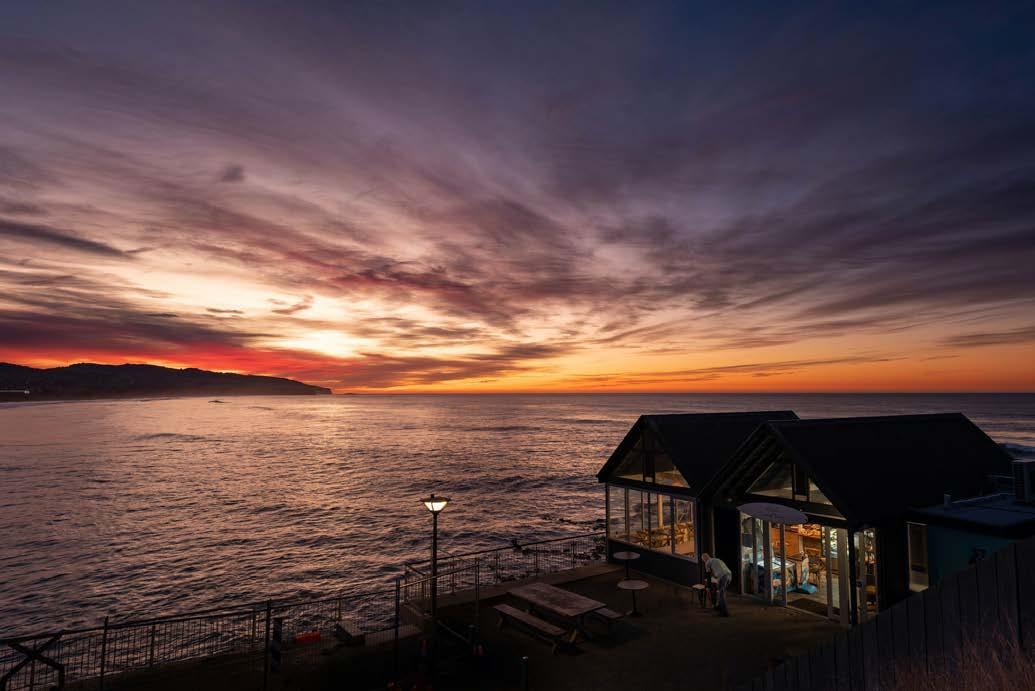
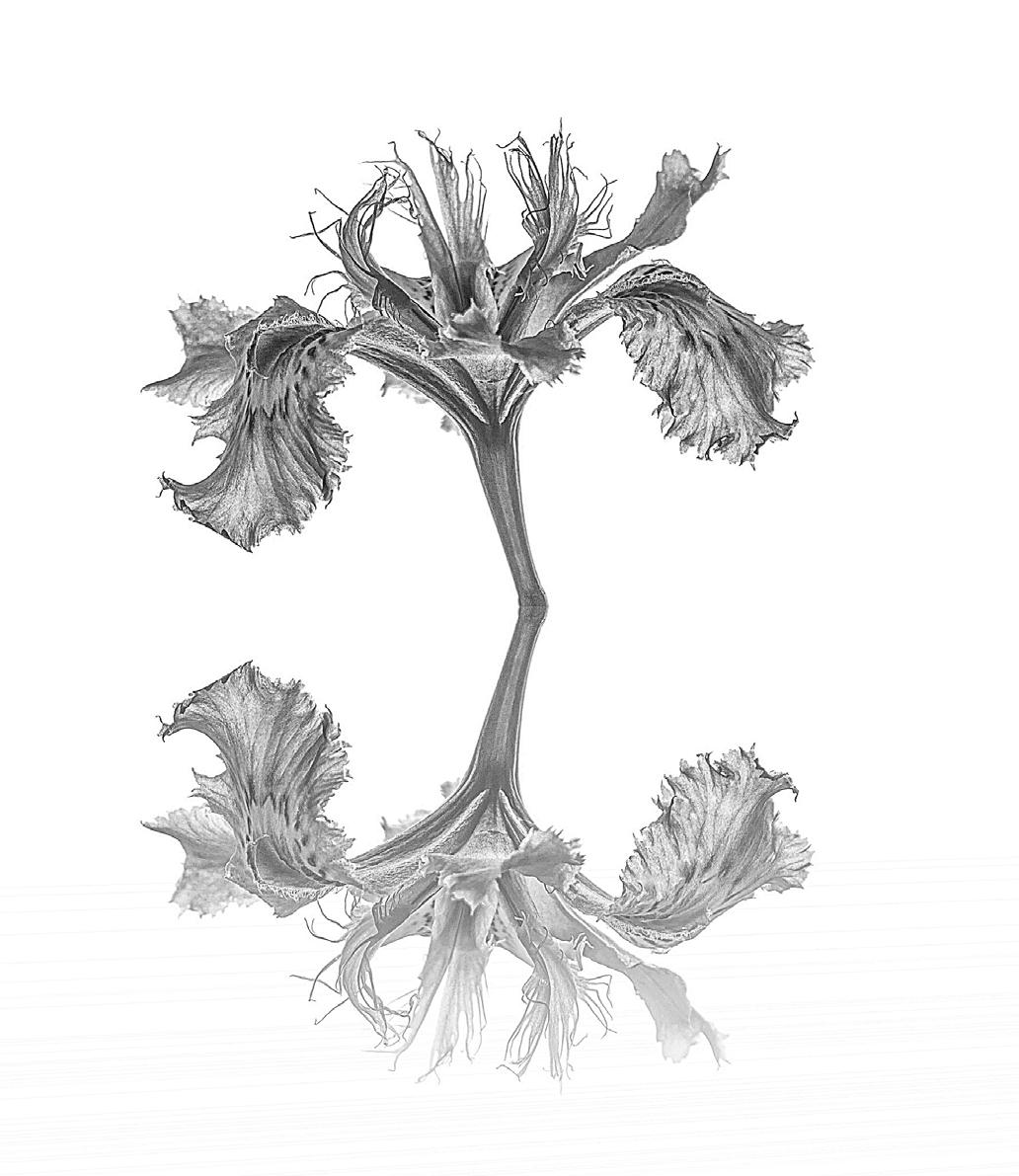
My favorite place is, not really a place, it’s more of a feeling that I get when I’m fully immersed in shooting something so that I stop thinking and just feel it, the light, the subject, just soaking it all in. Saying that, here is my local beach at sunrise which is also one of my fav places, taken not long ago when the weather wasn’t as dismal.
PHOTO BY HEATHER MAREE OWENSI love noticing the fog. Taken from my balcony one morning.
PHOTO BY LORRAINE NEILL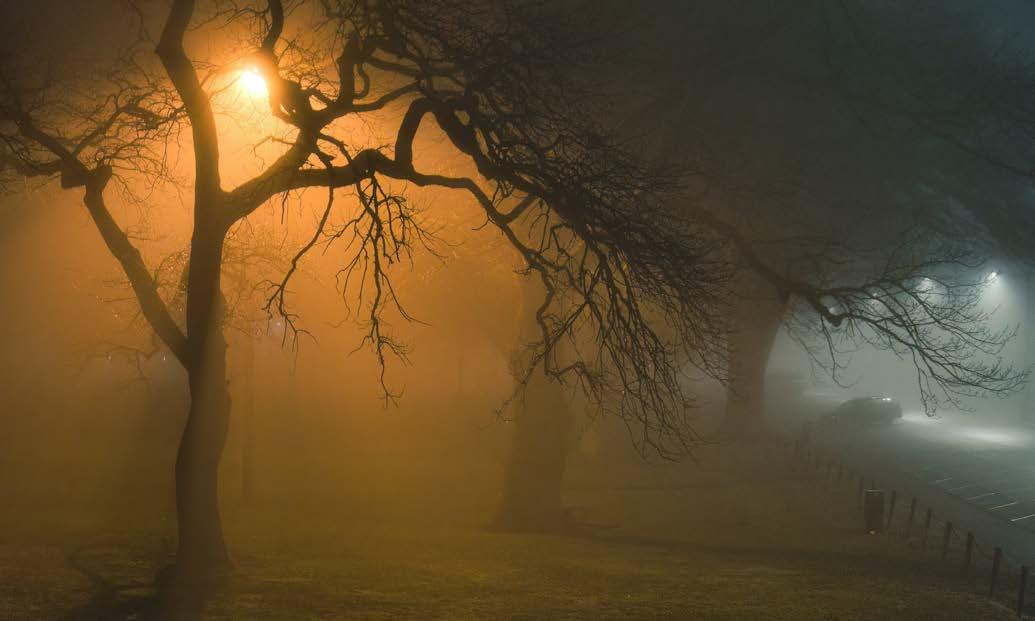
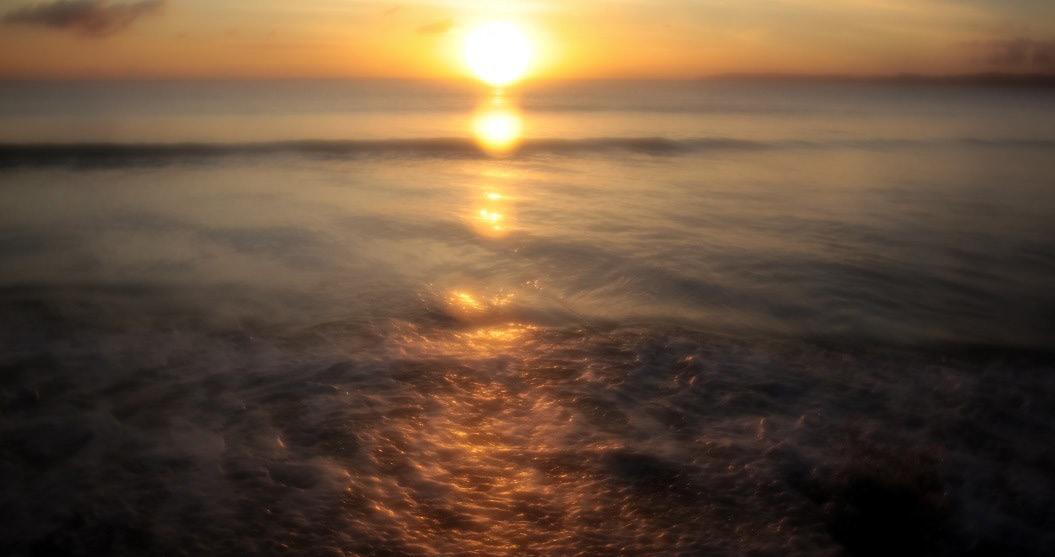
Being myself means that I can go to my “nothing box”, where I can sit and think or not think. There are many places that I like to go to, mostly with a camera to capture something meaningful. Zealandia is one such place but probably the best place for me to “be myself” is on the coast, listening to the sounds of the sea.
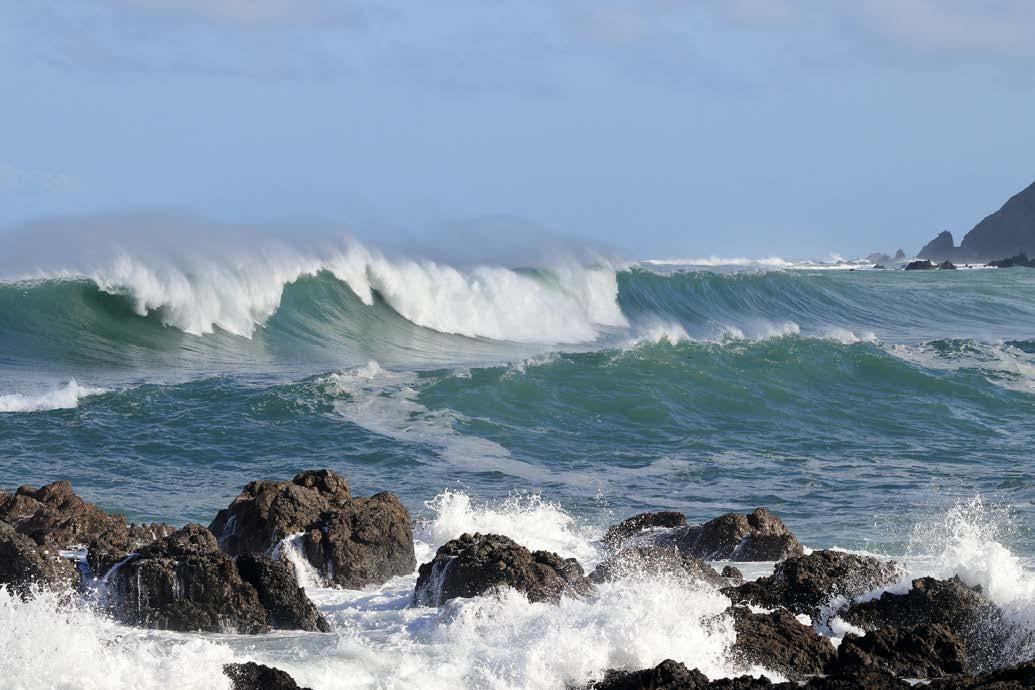 PHOTO BY RUDOLPH KOTZE
PHOTO BY RUDOLPH KOTZE
I find joy in so many things. But one of the things that truly brings me joy is trying slightly random techniques and discovering an image I love within it. This is one of my most recent images that brought me that joy and simply involved frozen water, food colouring, and time.
 PHOTO BY NOELLE BENNETT
PHOTO BY NOELLE BENNETT
I am grateful for being born in this land Aotearoa\New Zealand. We are so lucky that we live in this land. My photo is of one of the unspoiled areas I like to be near, long may it stay that way.
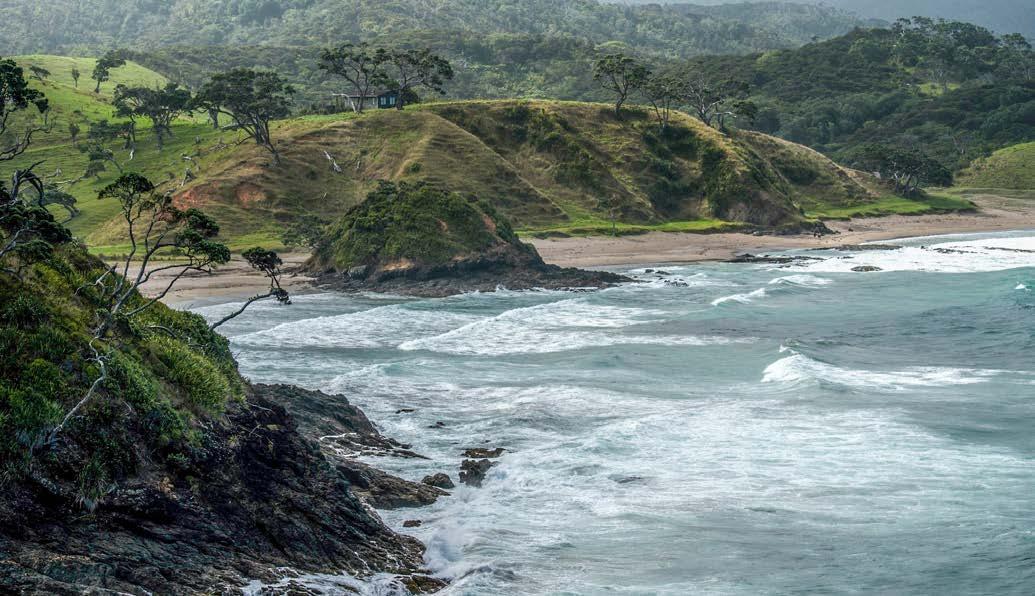
My breathing is the centering that keeps me still and calm when all around me there is frantic activity.
 PHOTO BY DAVID COXON
PHOTO BY ANN KILPATRICK
PHOTO BY DAVID COXON
PHOTO BY ANN KILPATRICK
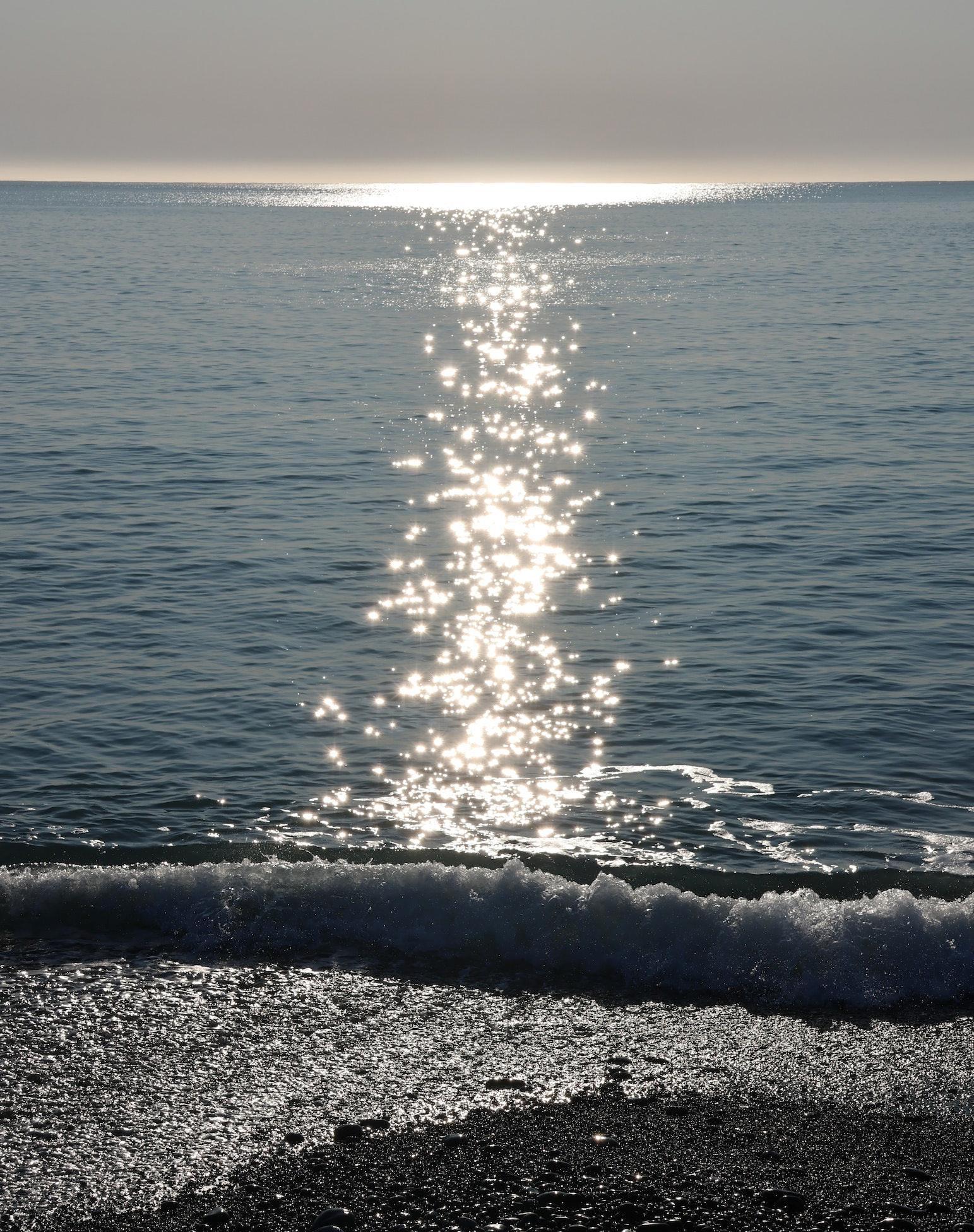 PHOTO BY CYNTHIA STOKS
PHOTO BY CYNTHIA STOKS
Many Excio members provide
facebook.com/ptphotoweekends
excio.gallery/rina
If you are wanting to learn to use your camera in a more social, convivial situation than a traditional workshop… «Picture This Photography Weekends» is for you.
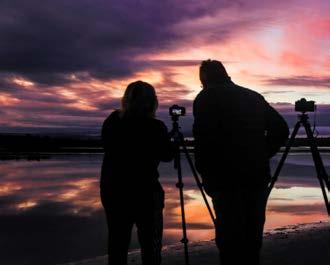
If you are more experienced and just want to shoot in the company of other photographers…. «Picture This Photography Weekends» is for you.
If you want to go to some of NZ’s most epic locations… «Picture This Photography Weekends» is for you.
If you want 2 tutors who are industry savvy and actually work within it on a full time basis, whose work speaks for itself and you don’t mind a bit of banter…. «Picture This Photography Weekends» is for you.
Join Neil Protheroe and Rina SjardinThompson for a weekend away.
artbyjlm.com excio.gallery/artbyjlm
The natural world and wildlife conservation provides endless joy and despair, beauty and devastation. I strive to advocate for our endangered species and ecosystems and through my art I explore wildlife advocacy through creative interpretation.
Photographs are just the first step in my creative process. Using Photoshop, I digitally blend and mask layers of photographs, graphics, scanned ephemera and textures, lighting and colour adjustments, and digital brushstrokes to form images that are more like a painting. Some images may involve only a couple of layers, whereas others may involved hundreds.
My art is held in private collections in New Zealand, Australia, the United Kingdom, Europe, and the United States.
have
cejphoto.com excio.gallery/cejphoto
Charlotte is a photography educator, full-time professional photographer and Photoshop expert who practices #photographyforgood by helping photographers gain skills and confidence through workshops, tuition, and mentoring.

Her day job requires her to capture a wide range of subjects and styles from covering corporate events all the way through to scientific macro but Charlie’s passion is portraiture and she has developed her own fine-art style, working with local models, makeup artists, and stylists.
Charlotte is an Ambassador for Lensbaby, was part of the 2021 Tonic Workshops for NZIPP, and is a mentor on behalf of PSNZ.

facebook.com/ SoulfulMemoriesByParmeetSahni excio.gallery/parmeet
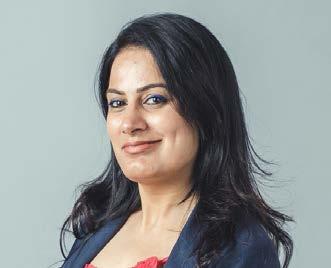
Soulful Memories’ specialty is portraiture, the ability to capture special moments and personality of the client through photographs. The importance of the comfort a client needs is very crucial to me and the joy I feel creating Soulful Memories is priceless.
Photography helps me slow down, pay attention and observe life more closely, to see the beauty and story in simple things others pass by or take for granted. The innocent smile of a lovely baby, intertwined hands of a pair, the togetherness of families – each tell a story.
The “magic box,” as some have called my camera, continues to lead me to people and lands I have only dreamed about.
erimagingphotography.co.nz excio.gallery/vicky

ER Imaging Photography specialises
in unique agriculture and NZ Scene photography for both personal and commercial use.
The ability to escape into New Zealand’s world-renowned natural landscapes and culture with my camera is something I have always appreciated. Privileged in having access to such a diverse range of scenery and people, my passion for capturing and sharing these stunning experiences with others has only developed. Being a selftaught freelance photographer, I have acquired my skills through practice over a period of over twelve years, passion being my core motivator. My photography reflects my personal interpretation of life, how I view both the world we live in and the people who live in it.
ethnoflora.com excio.gallery/ethnoflora
A photographer and a botanical horticulturist with 20 years experience, Dave Davies established Ethno Flora to deliver the highest standards in all your garden.
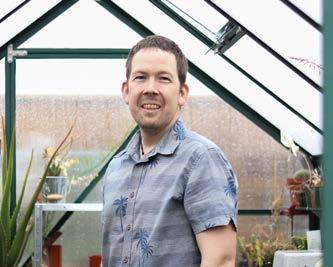
Dave not only knows everything about plants and photography, but he can also help you design the landscape of your dreams.
His team has a wealth of knowledge and experience in garden maintenance, fruit tree pruning, and plant health is guaranteed to meet you and your garden’s needs.
EthnoFlora is a trustworthy and professional company that respects you and your privacy.
Started in New Zealand in 2017, Excio has grown into a global community of passionate photographers who are committed to making a positive change in the world. We help our members display, publish, showcase, share and sell their work based on our “FairShare Photography” concept. This year Excio launched its large-scale, photographer-driven image library to deliver fresh, high-quality photographs with the assurance that every photographer is fairly paid, and every customer can access affordable, authentic photography for commercial use. This unique offering is made possible by Excio’s innovative technology and payment model: Excio PhotoTokens. Our innovation motivates photographers to take and upload an abundance of images, and buyers to pay a fair price for their creative work.
At Excio we strongly advocate for responsible photography principles . We are official partners of the Nature First organisation and Sustainability Business Network. We are committed to the Tiaki Promise and supporting important local initiatives and charities.

